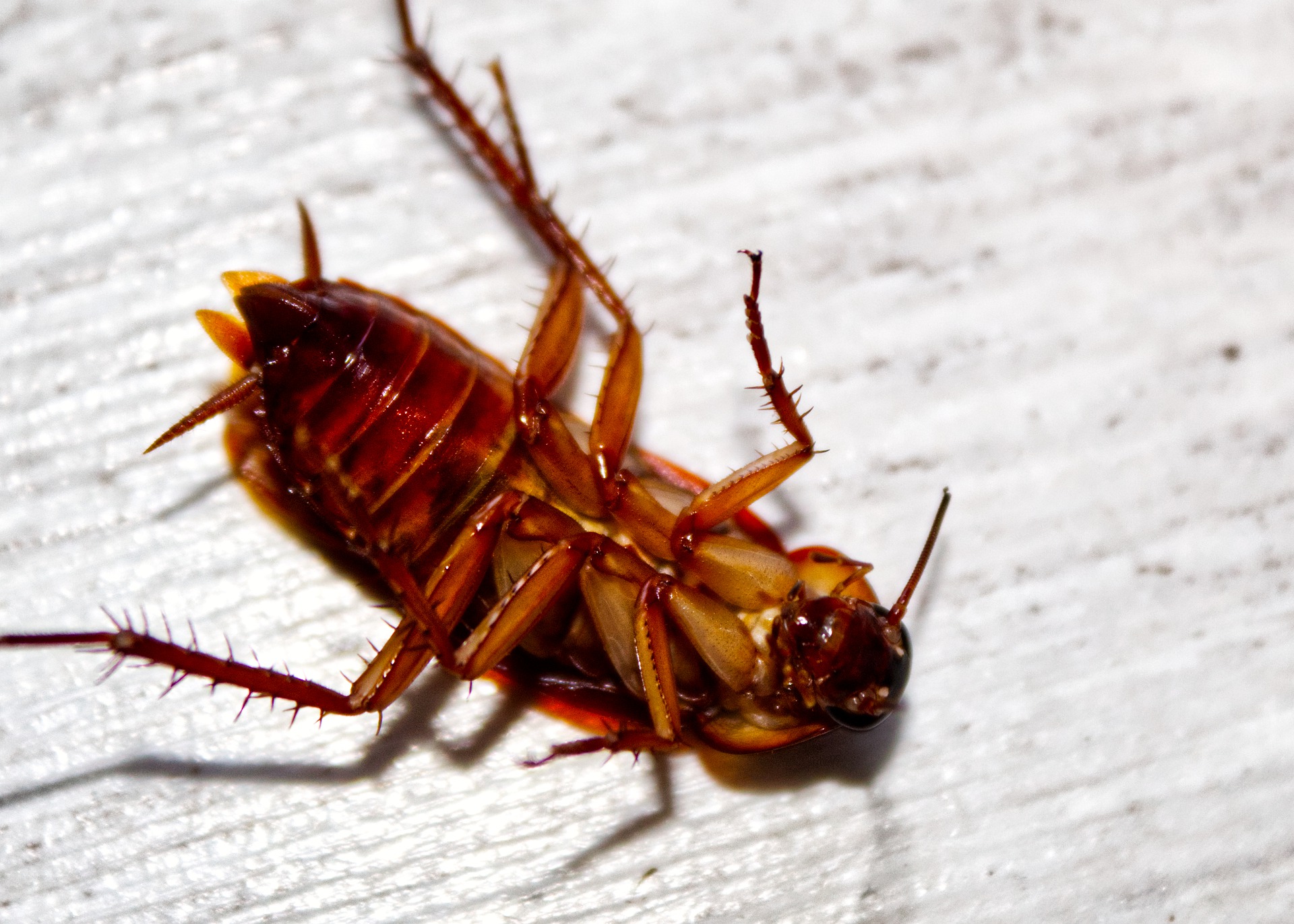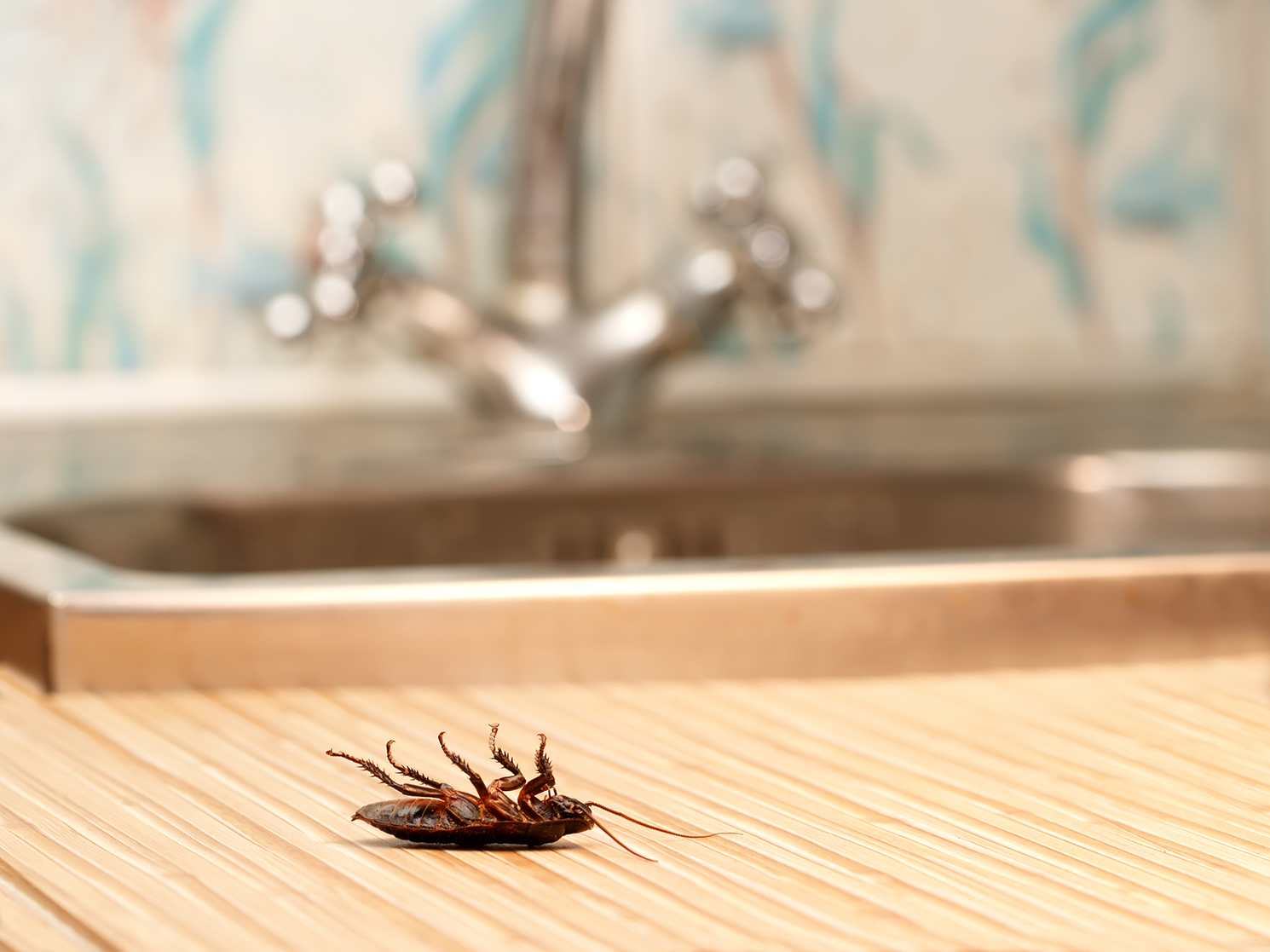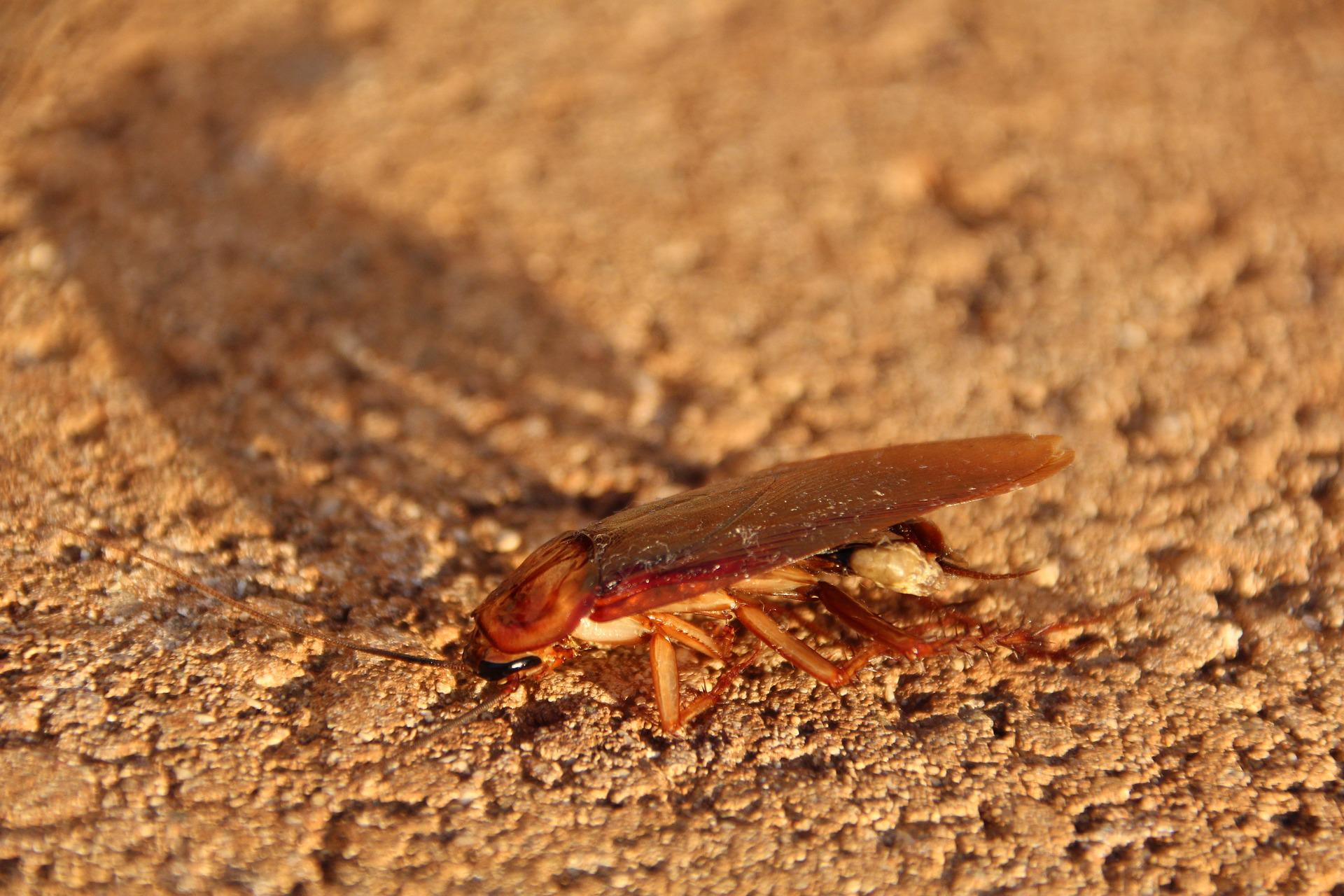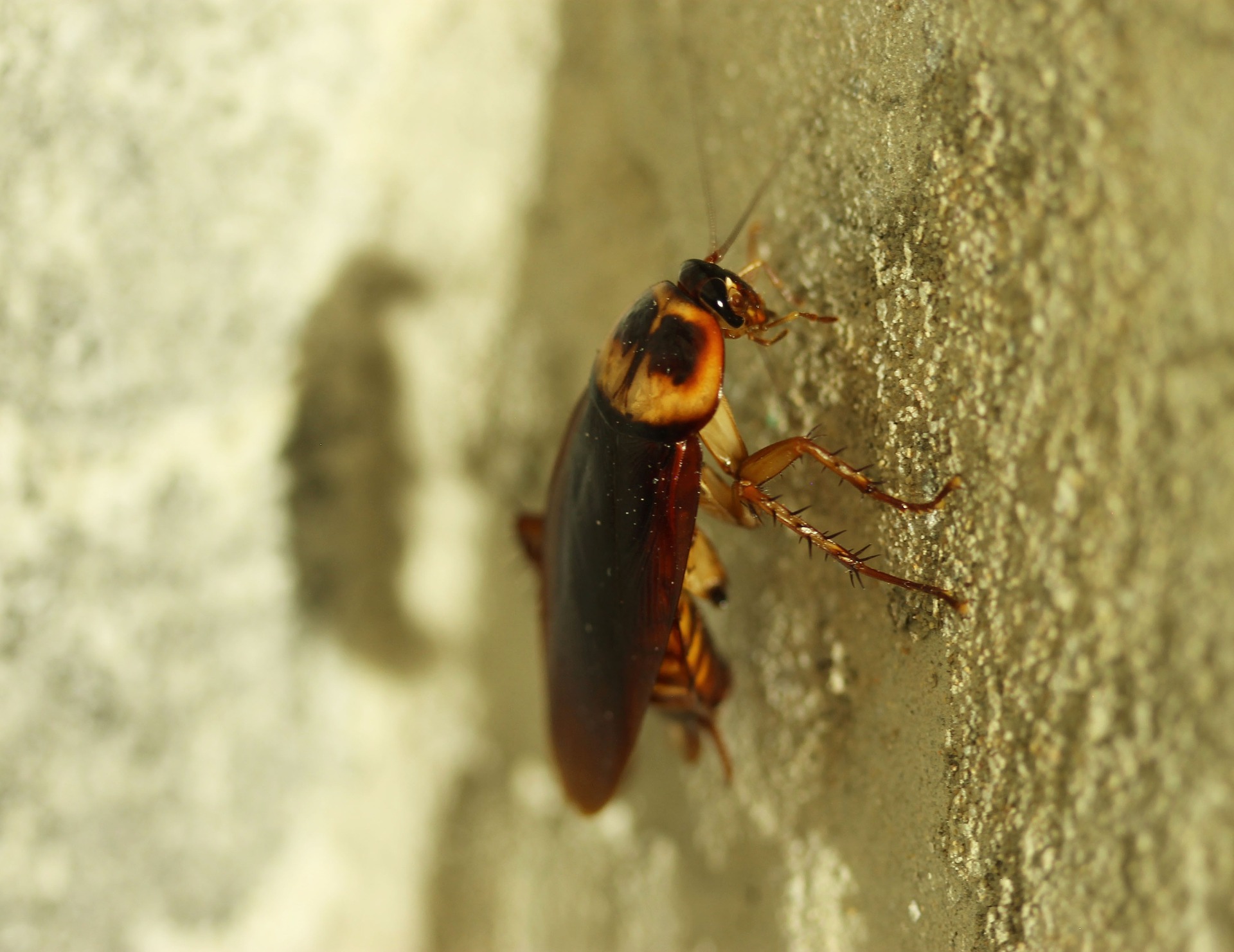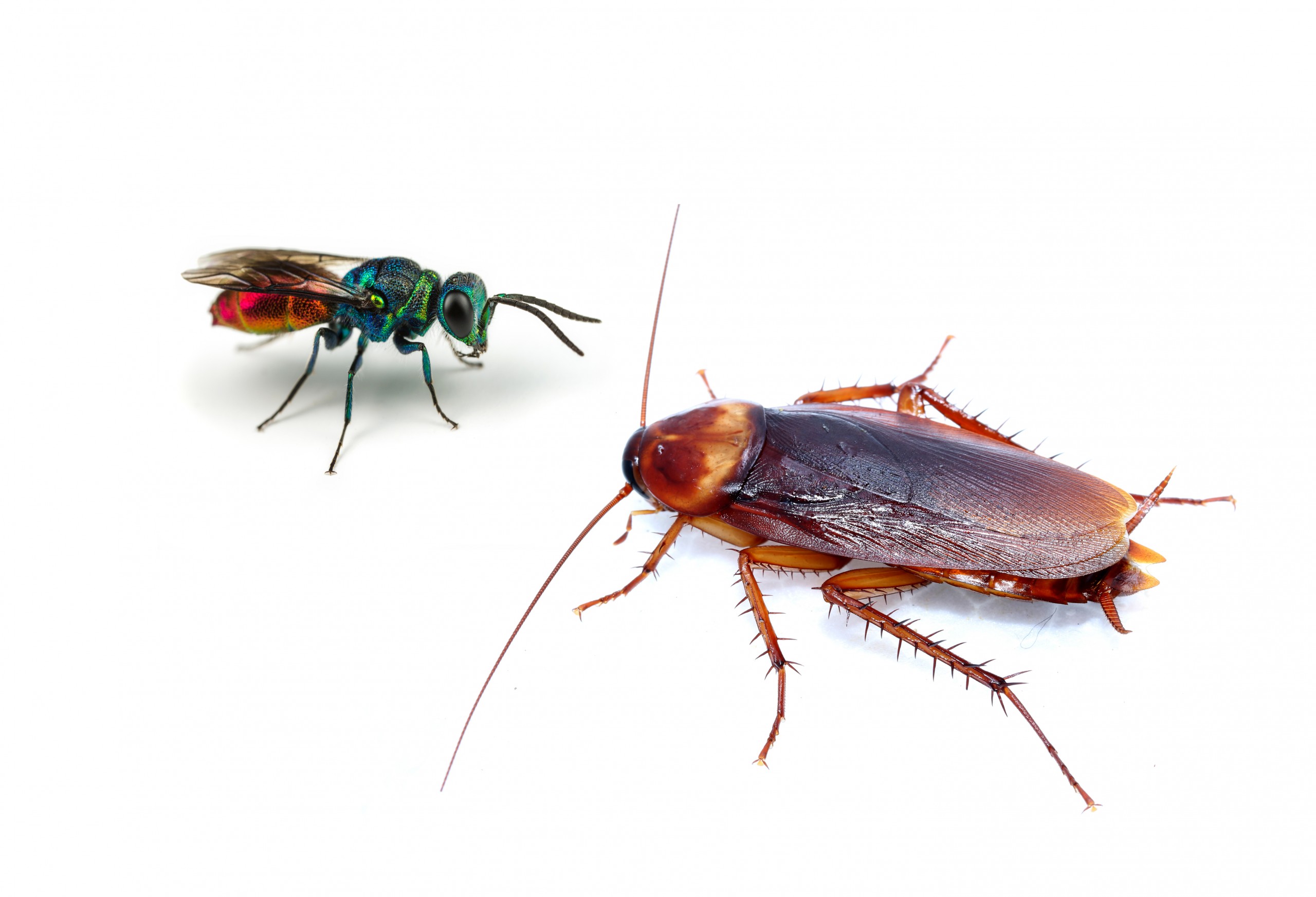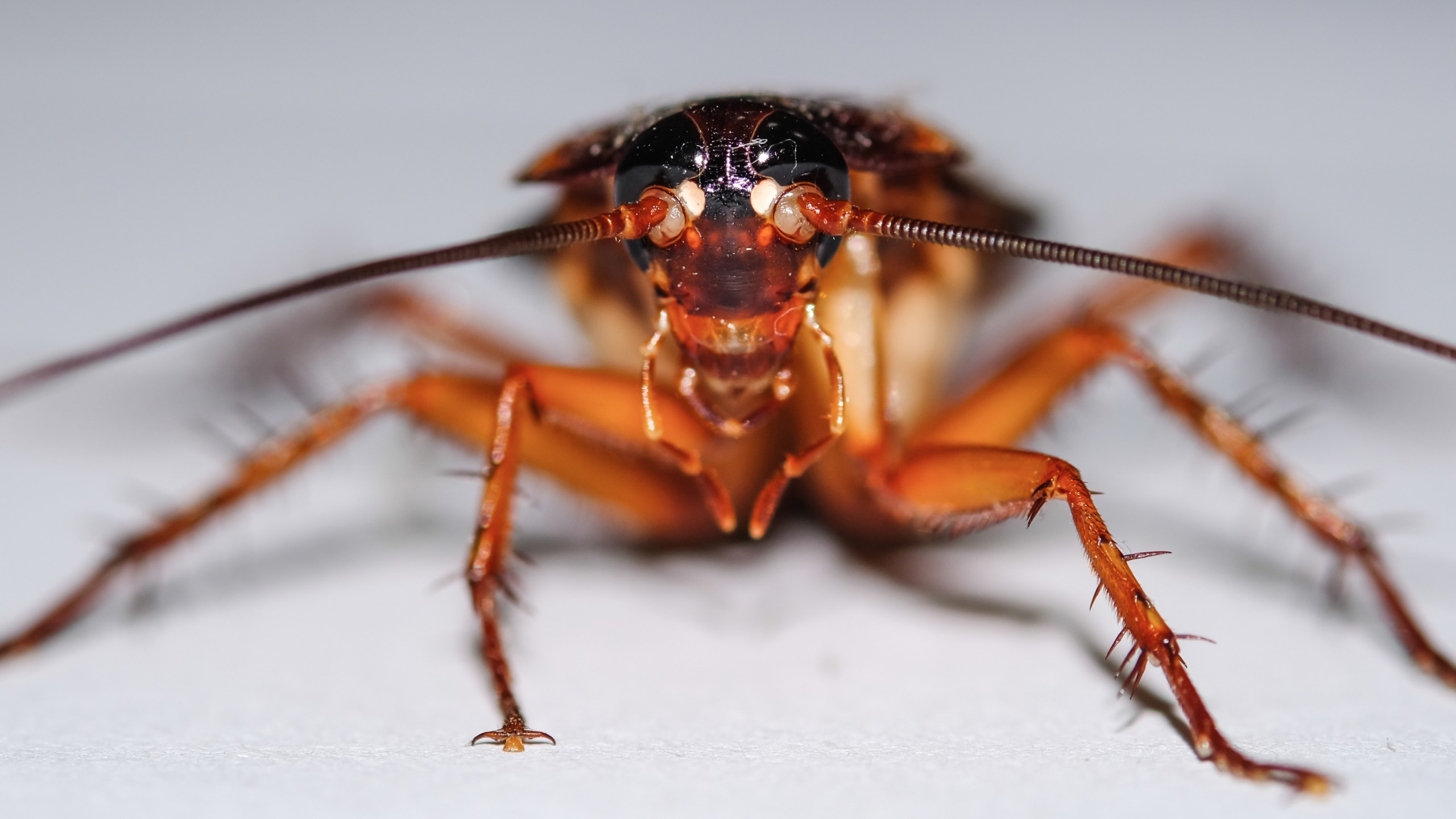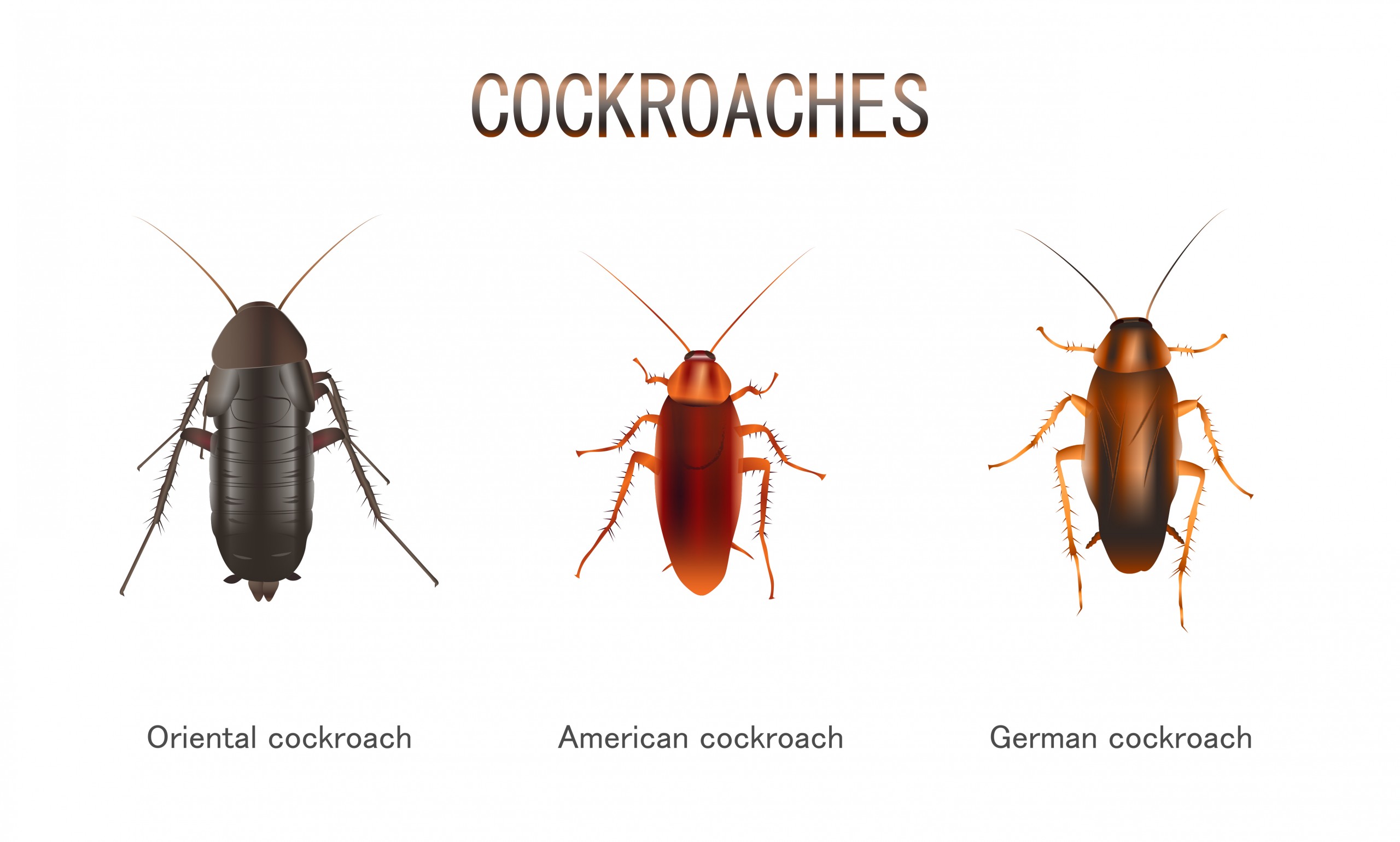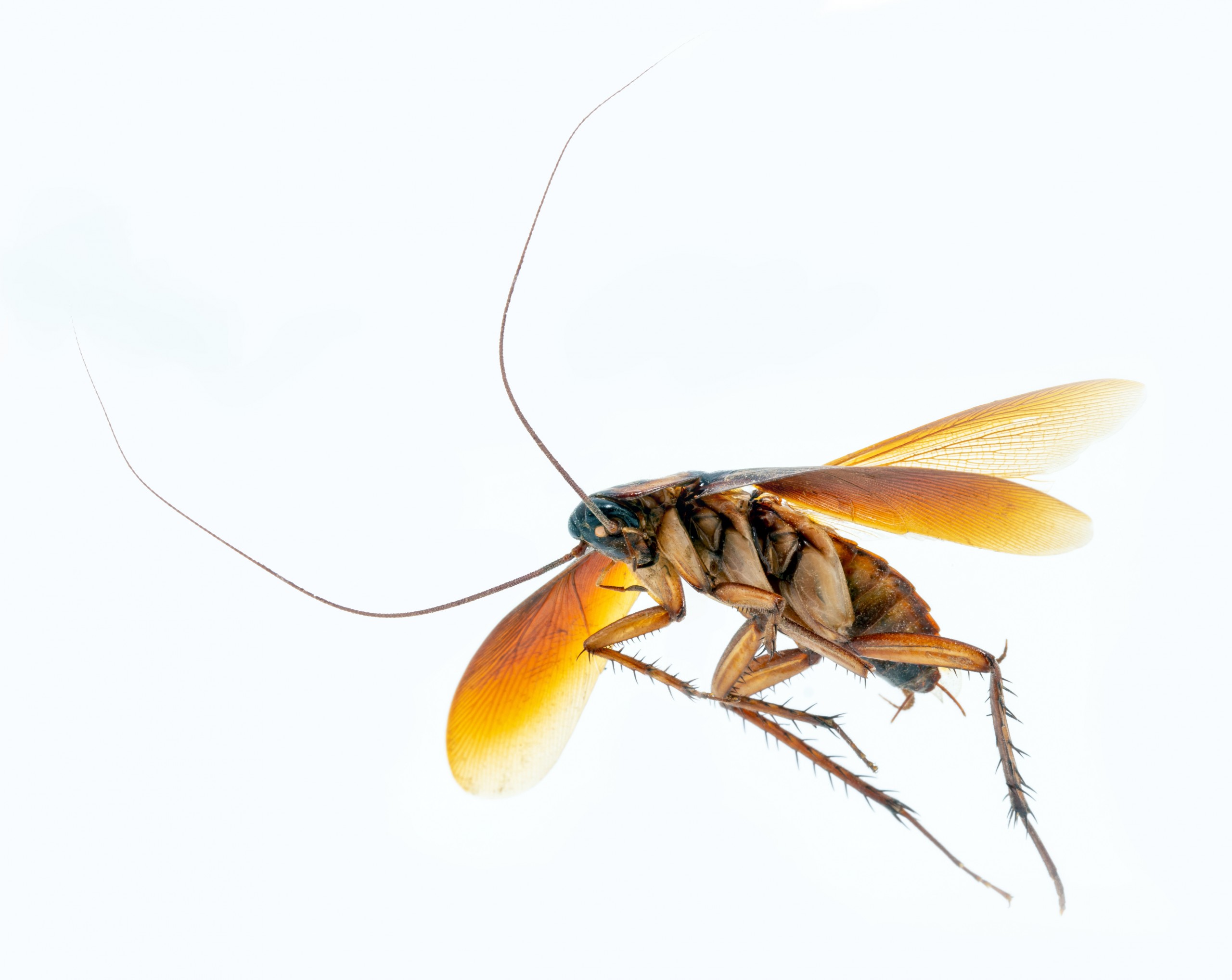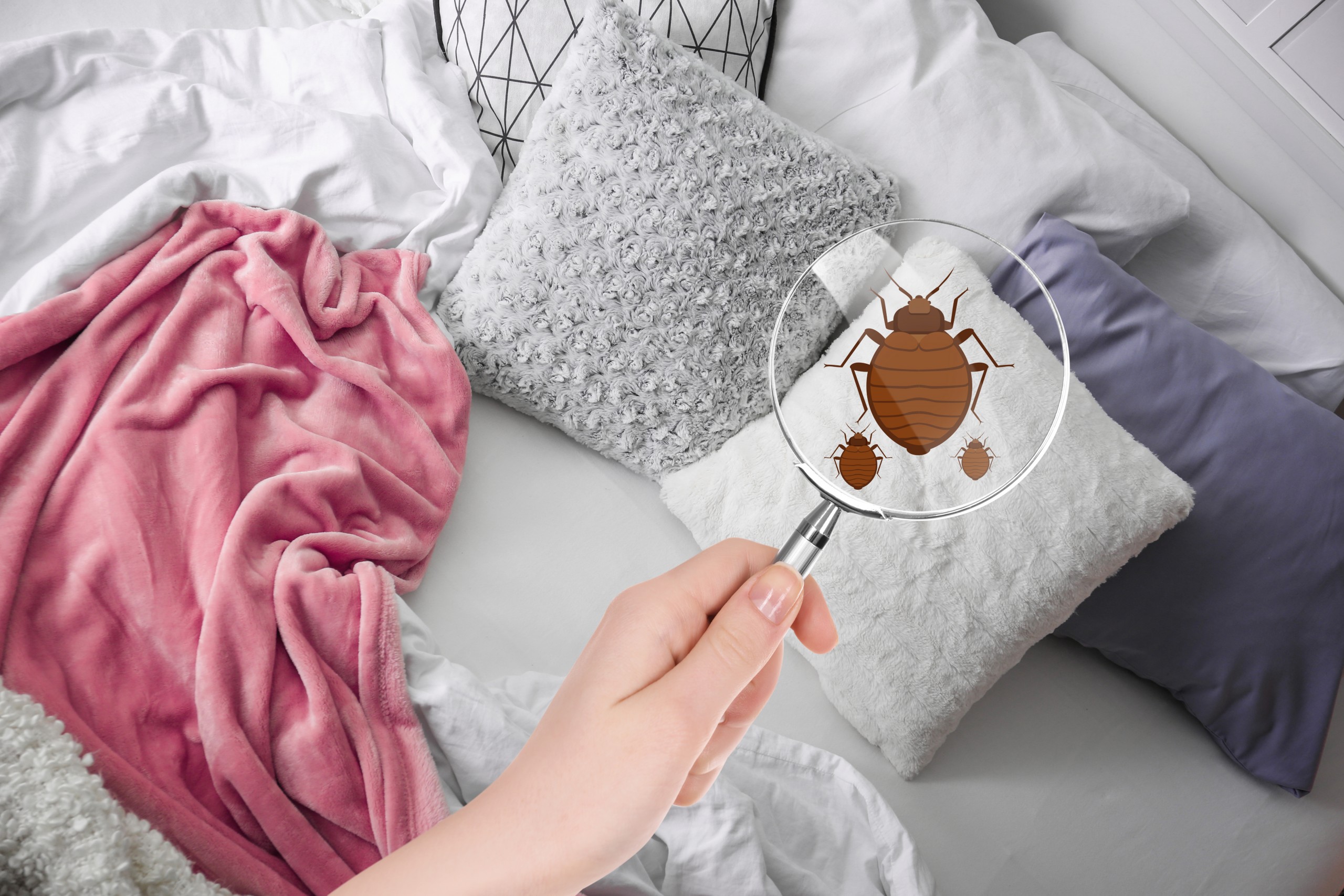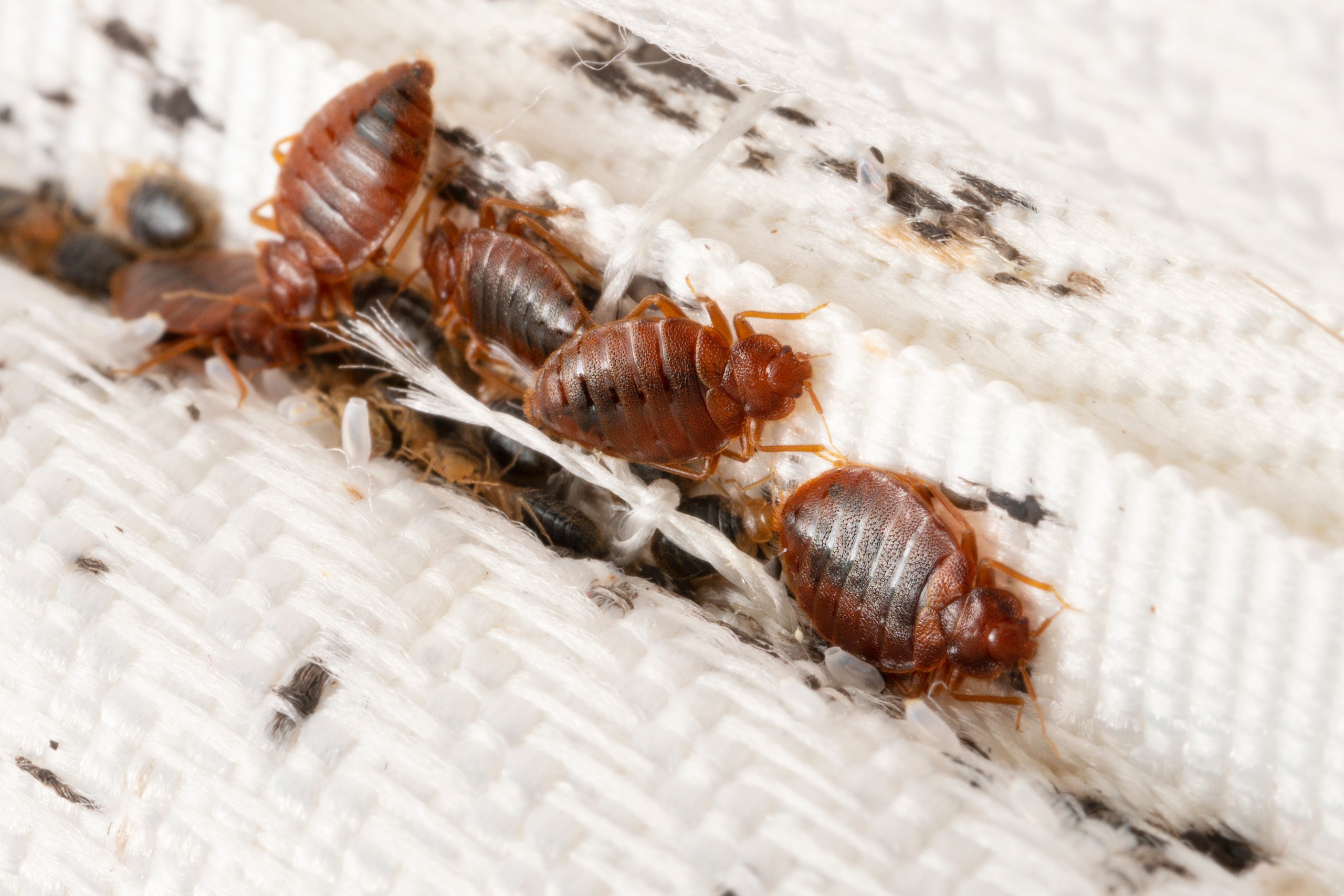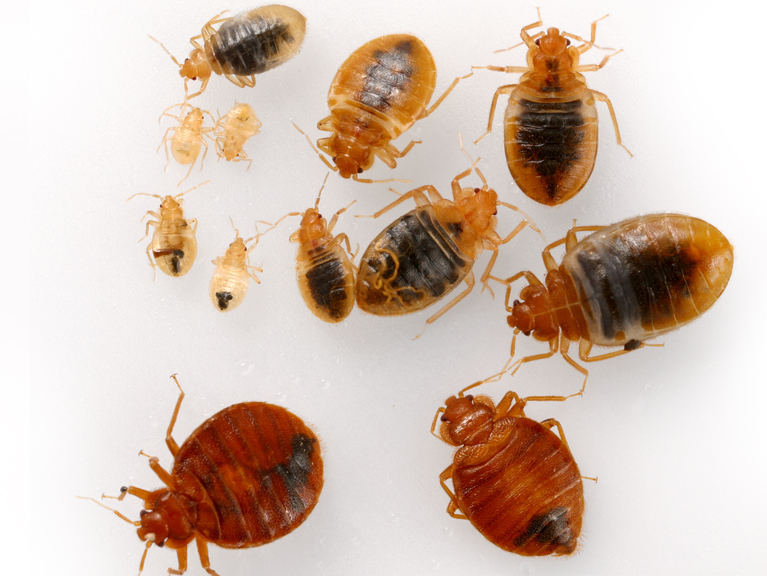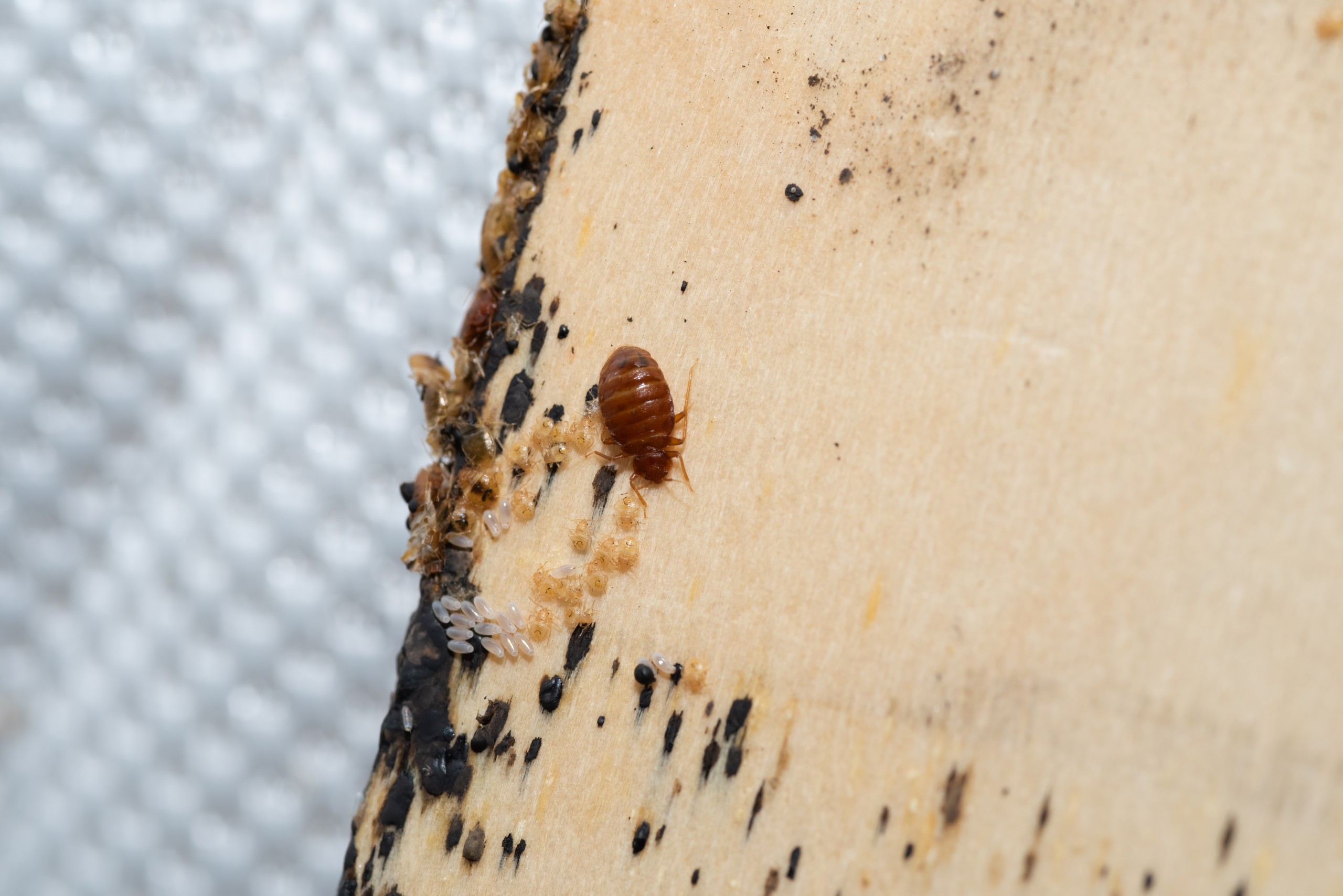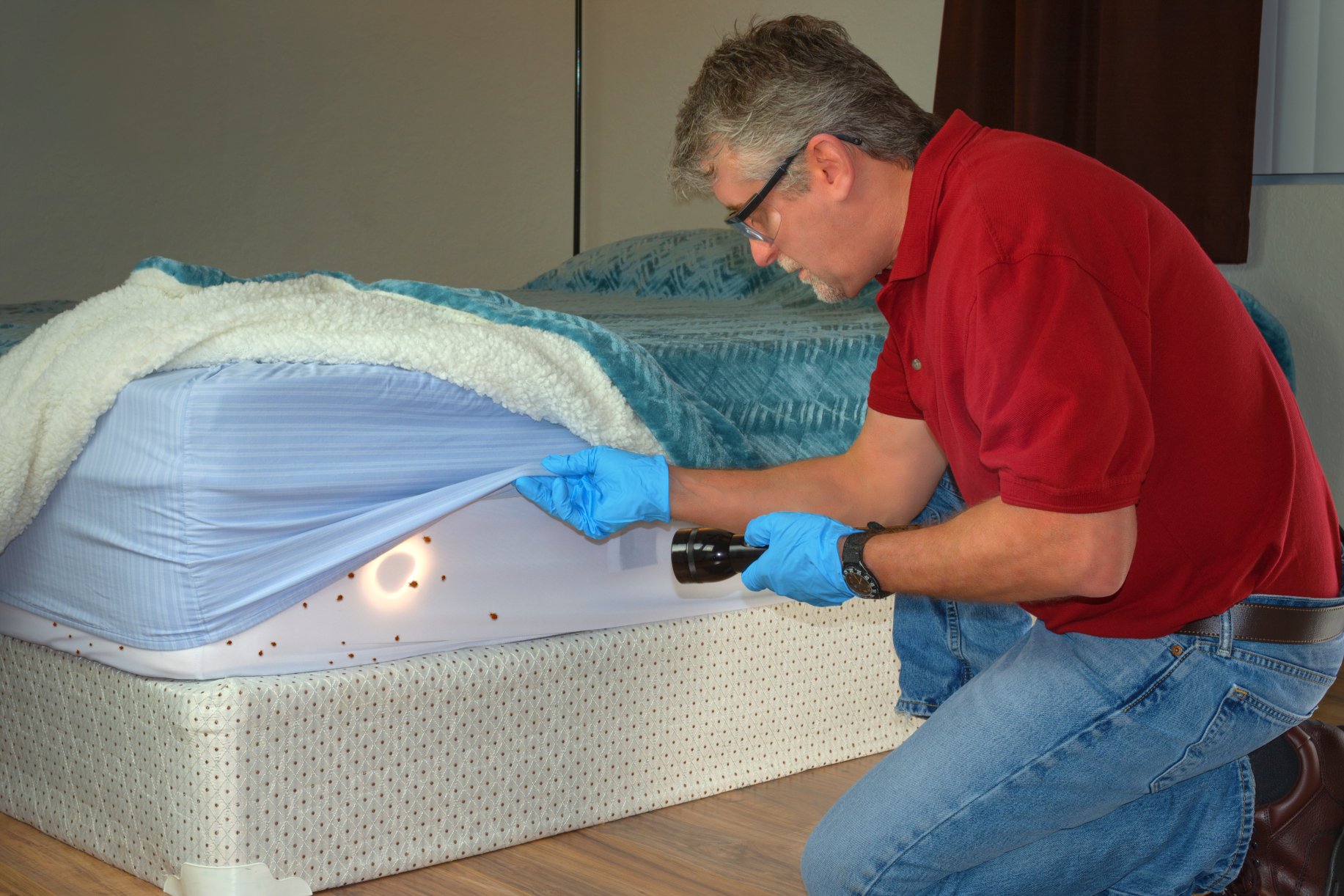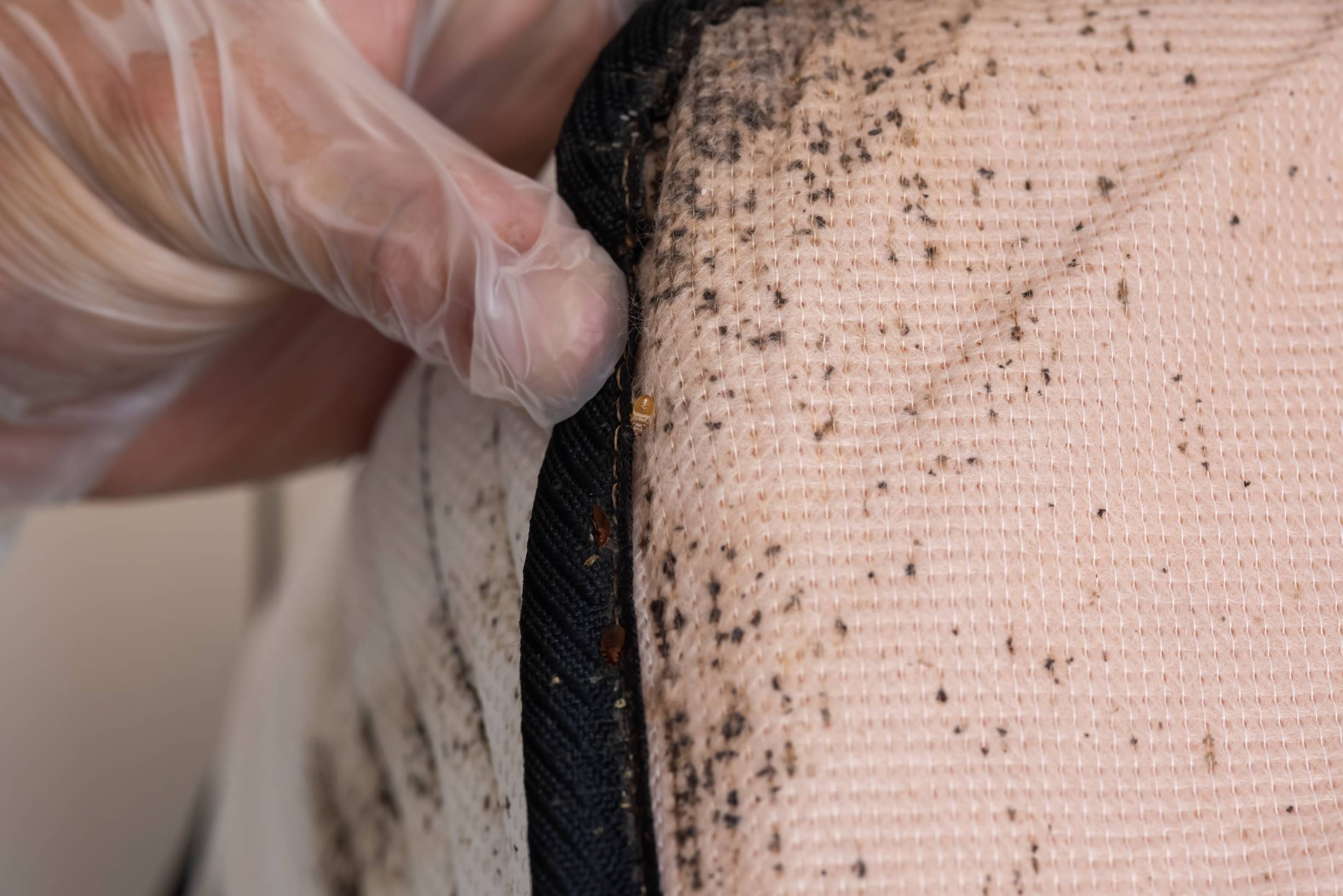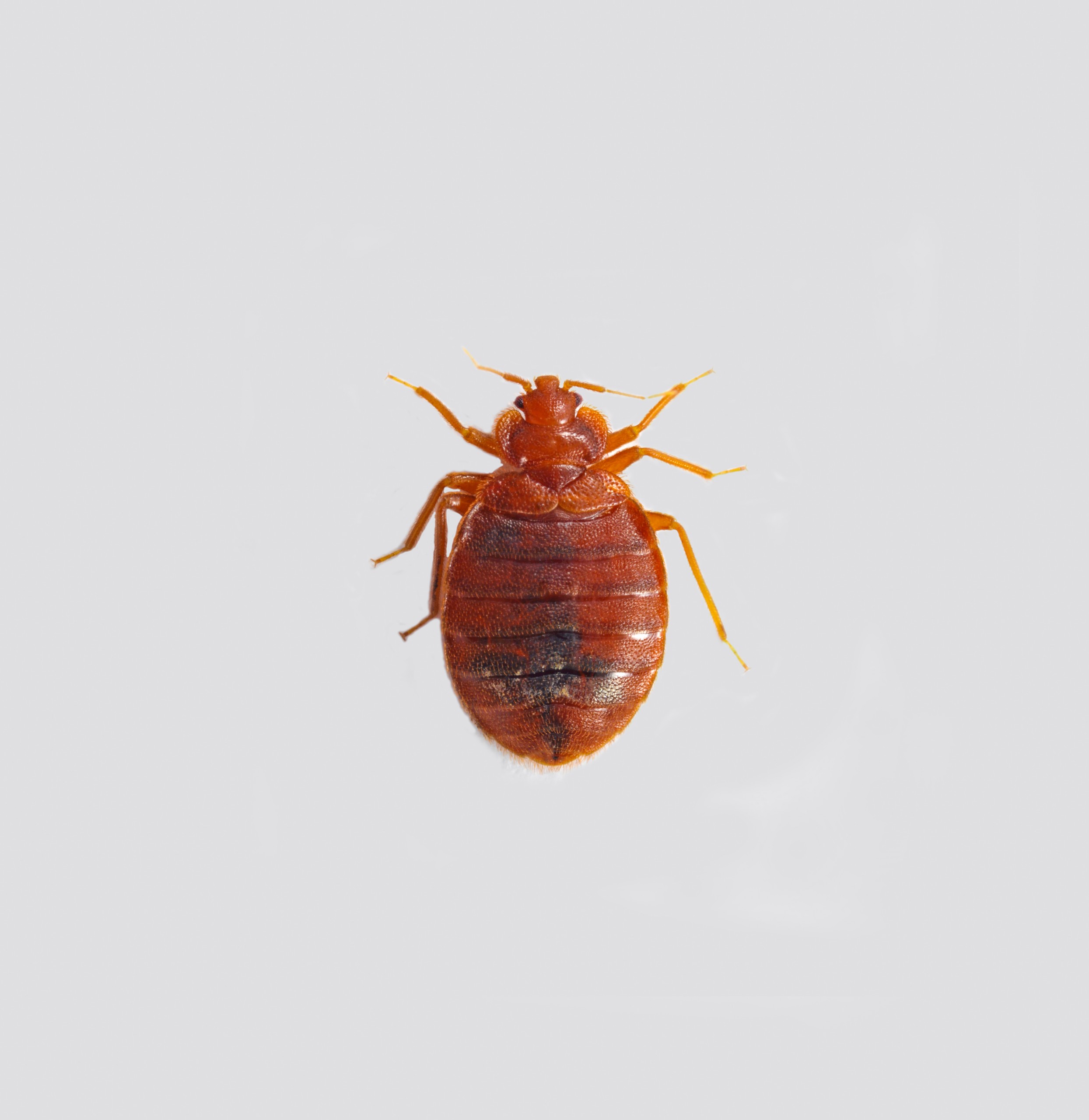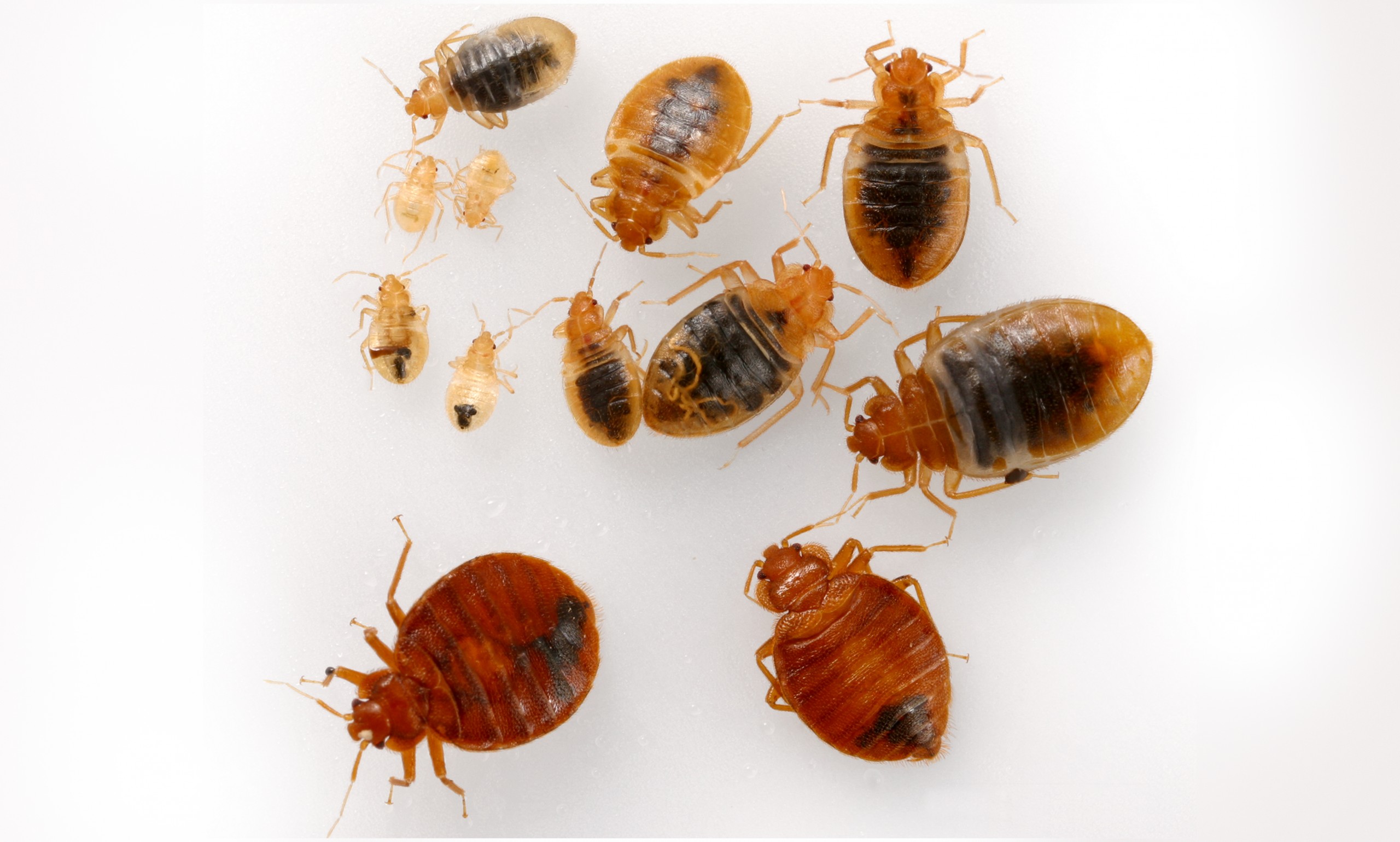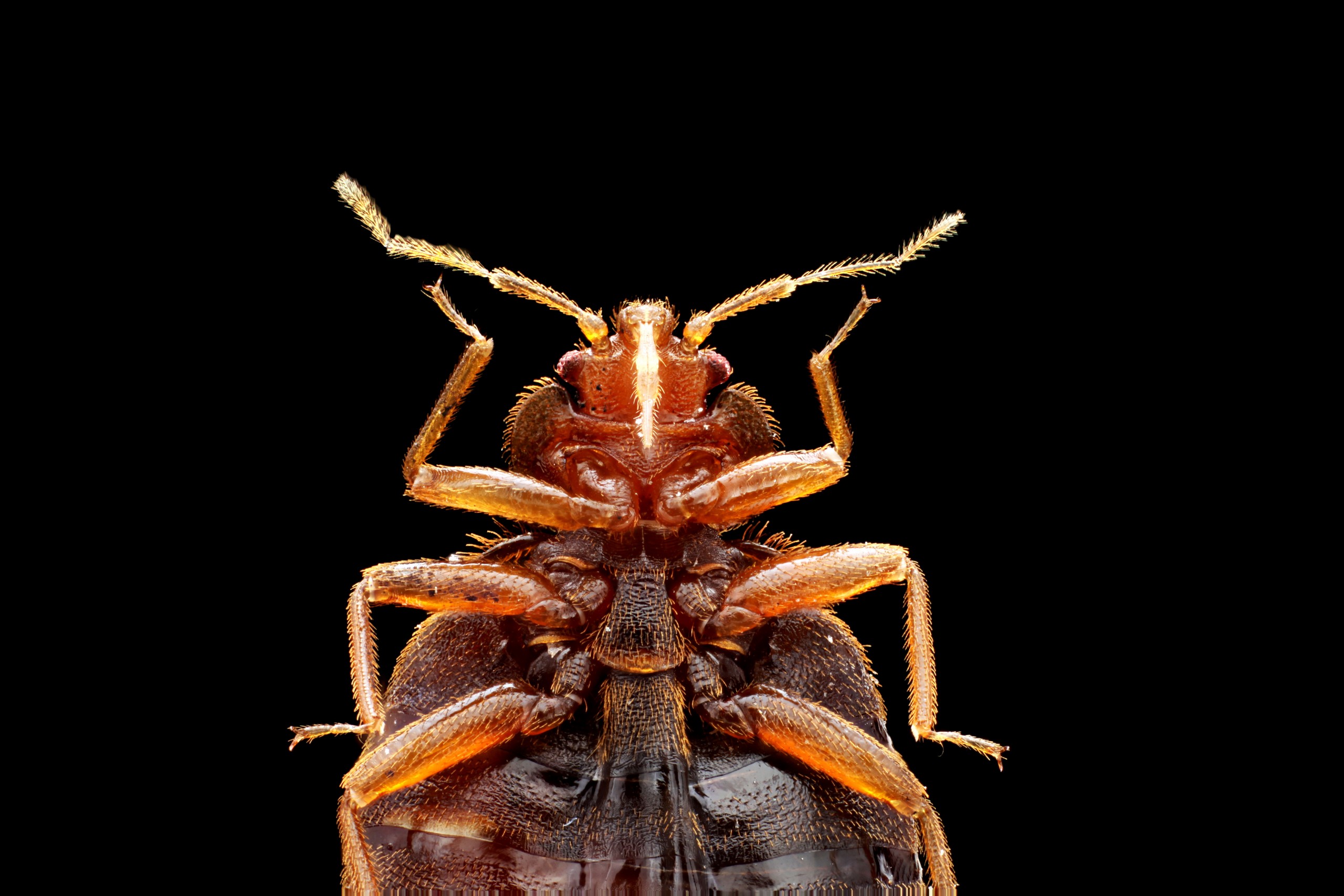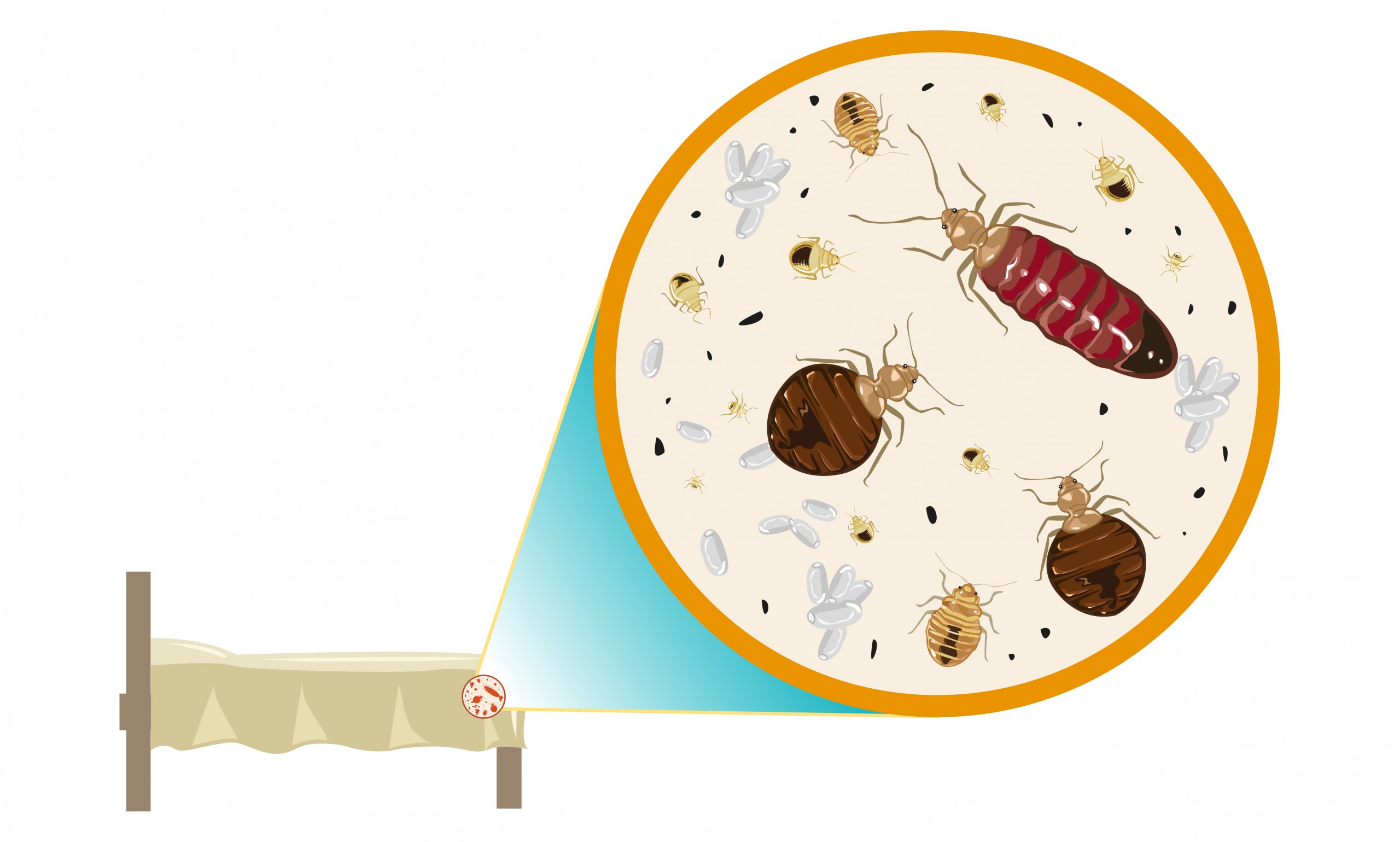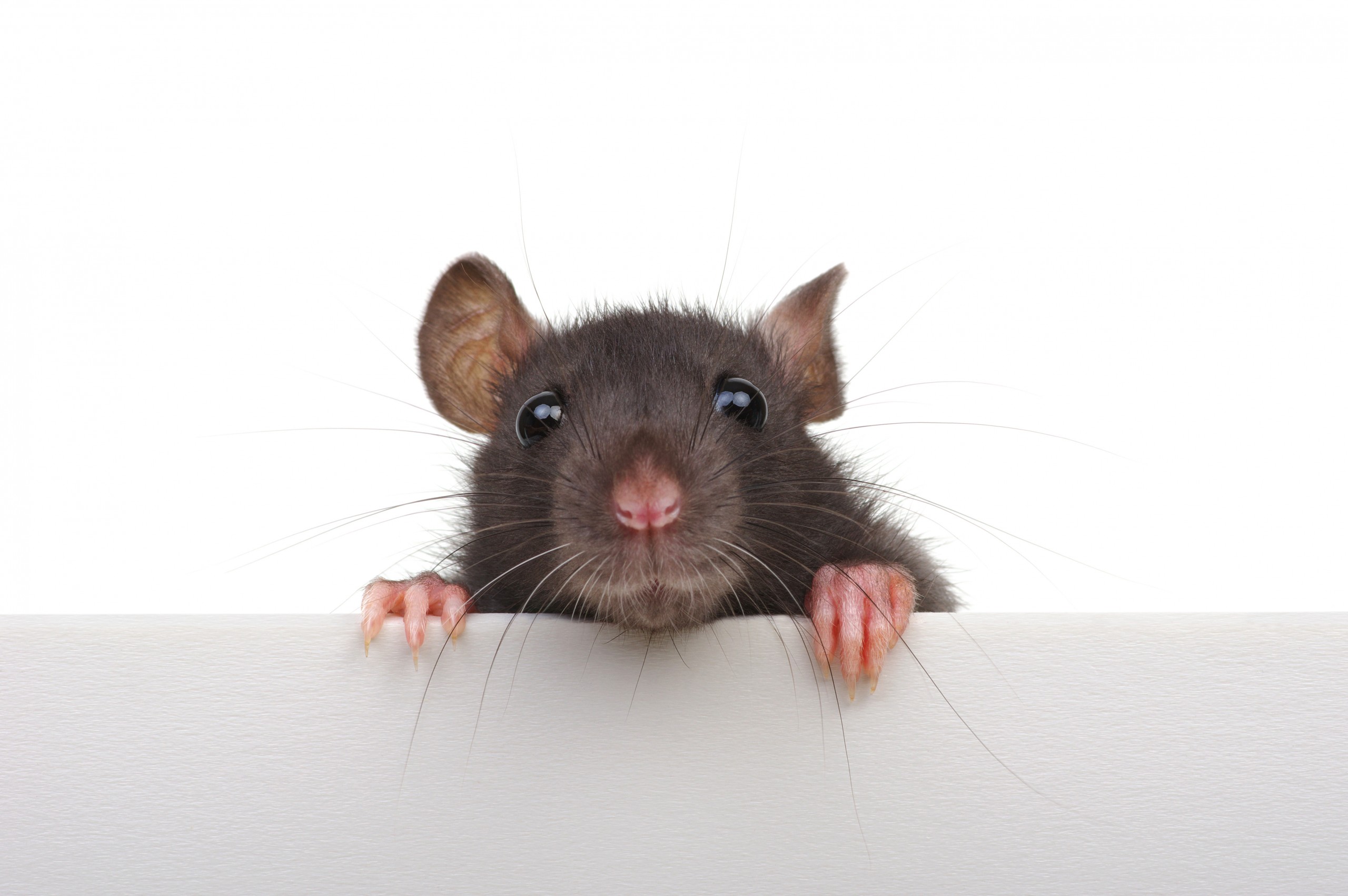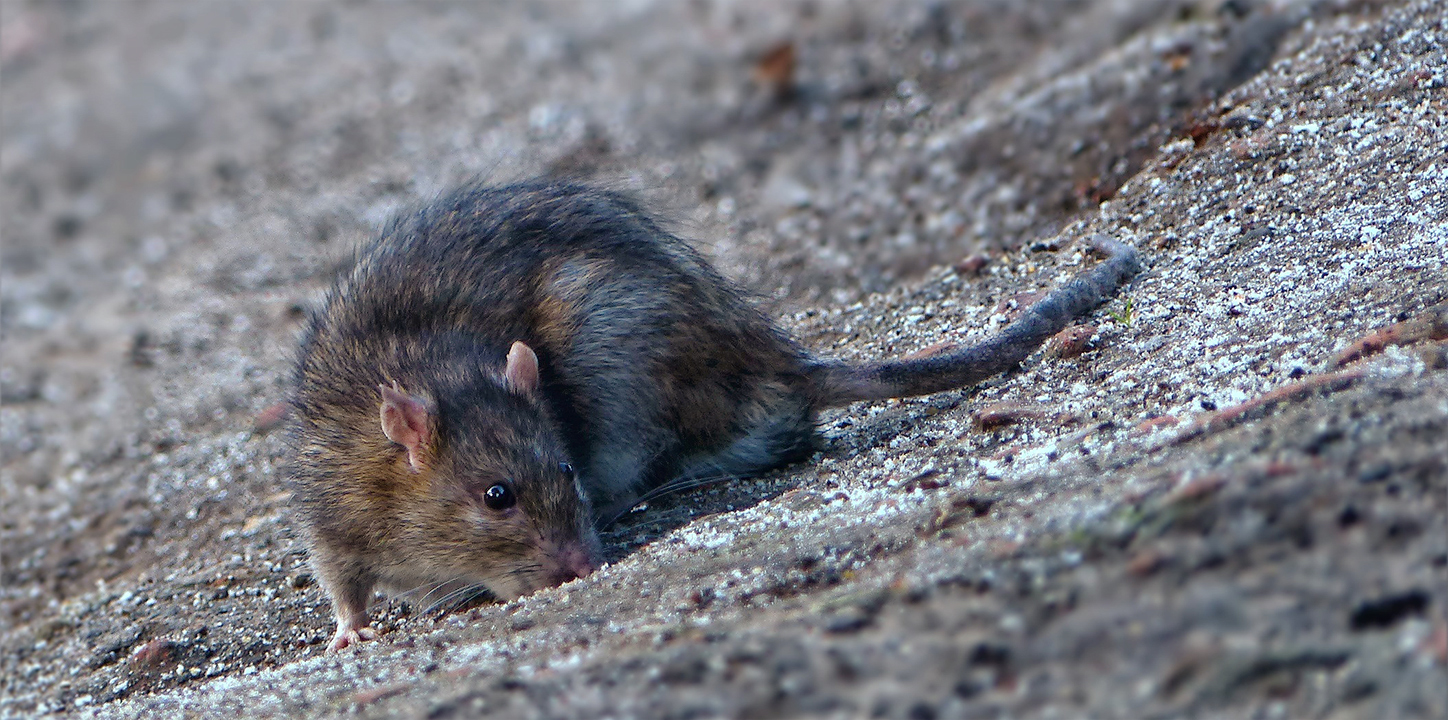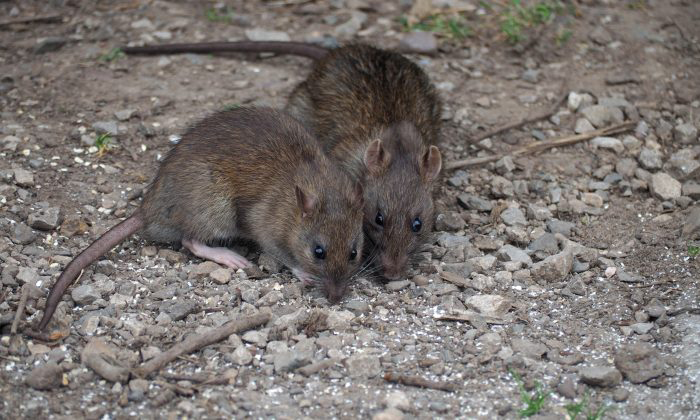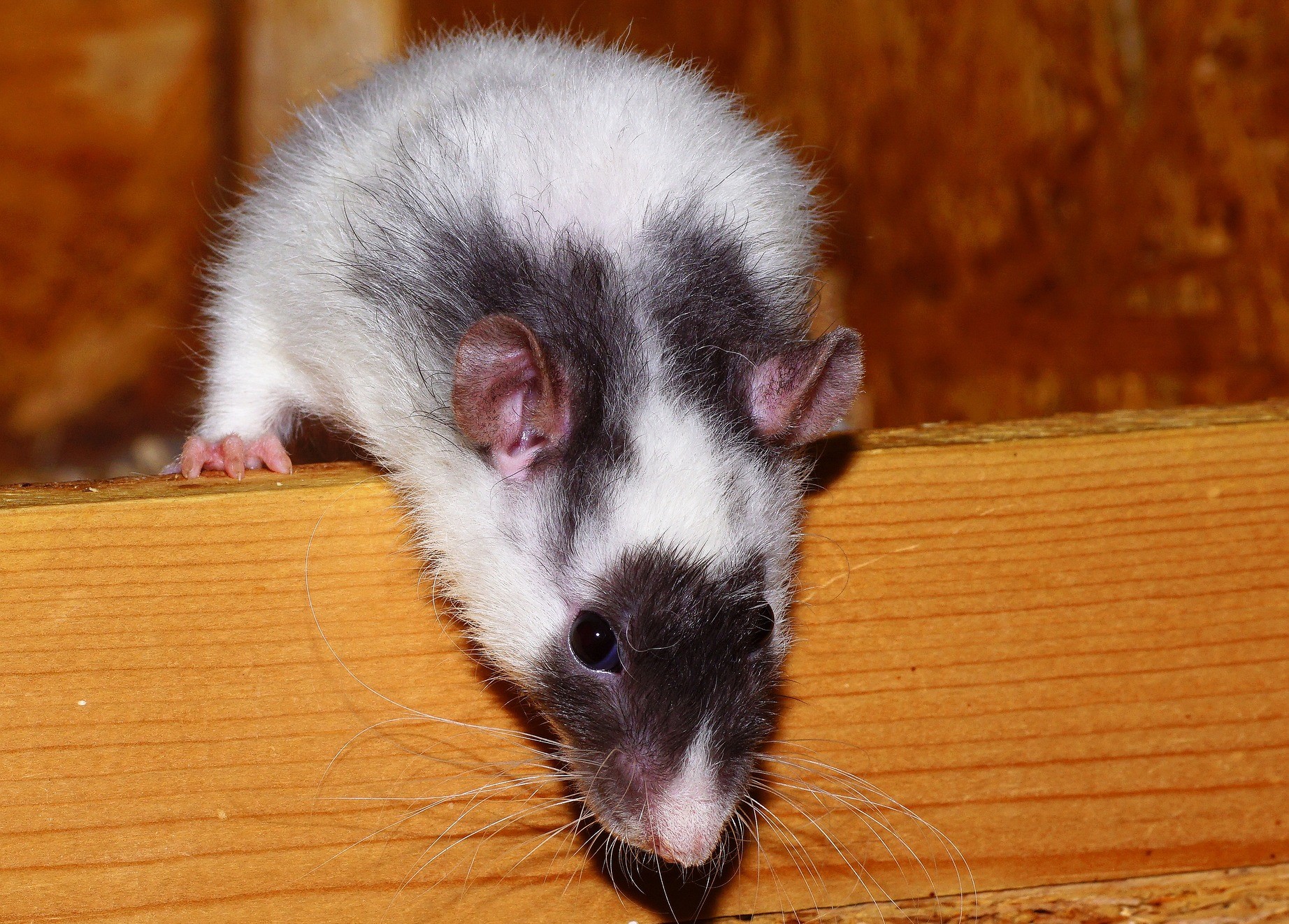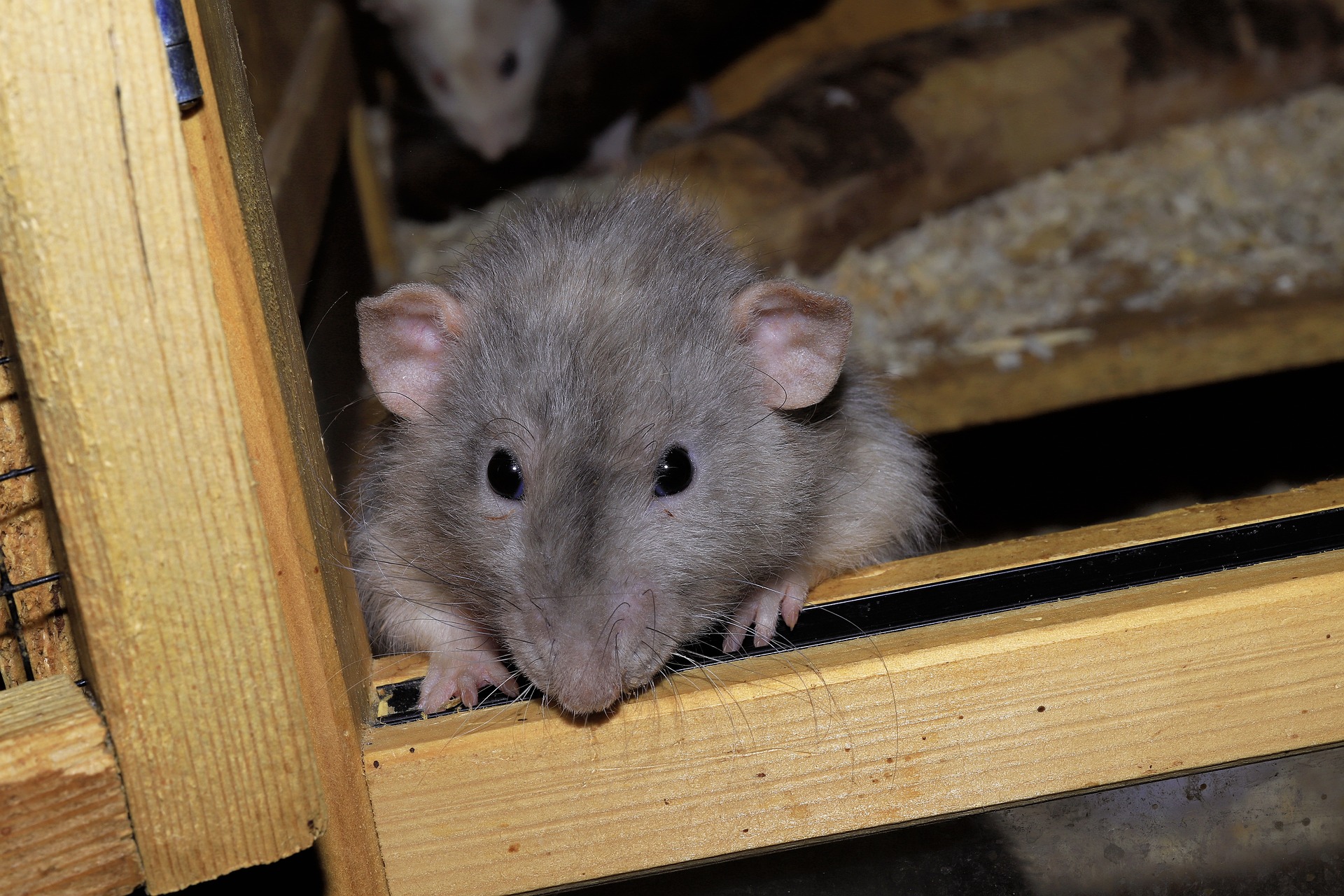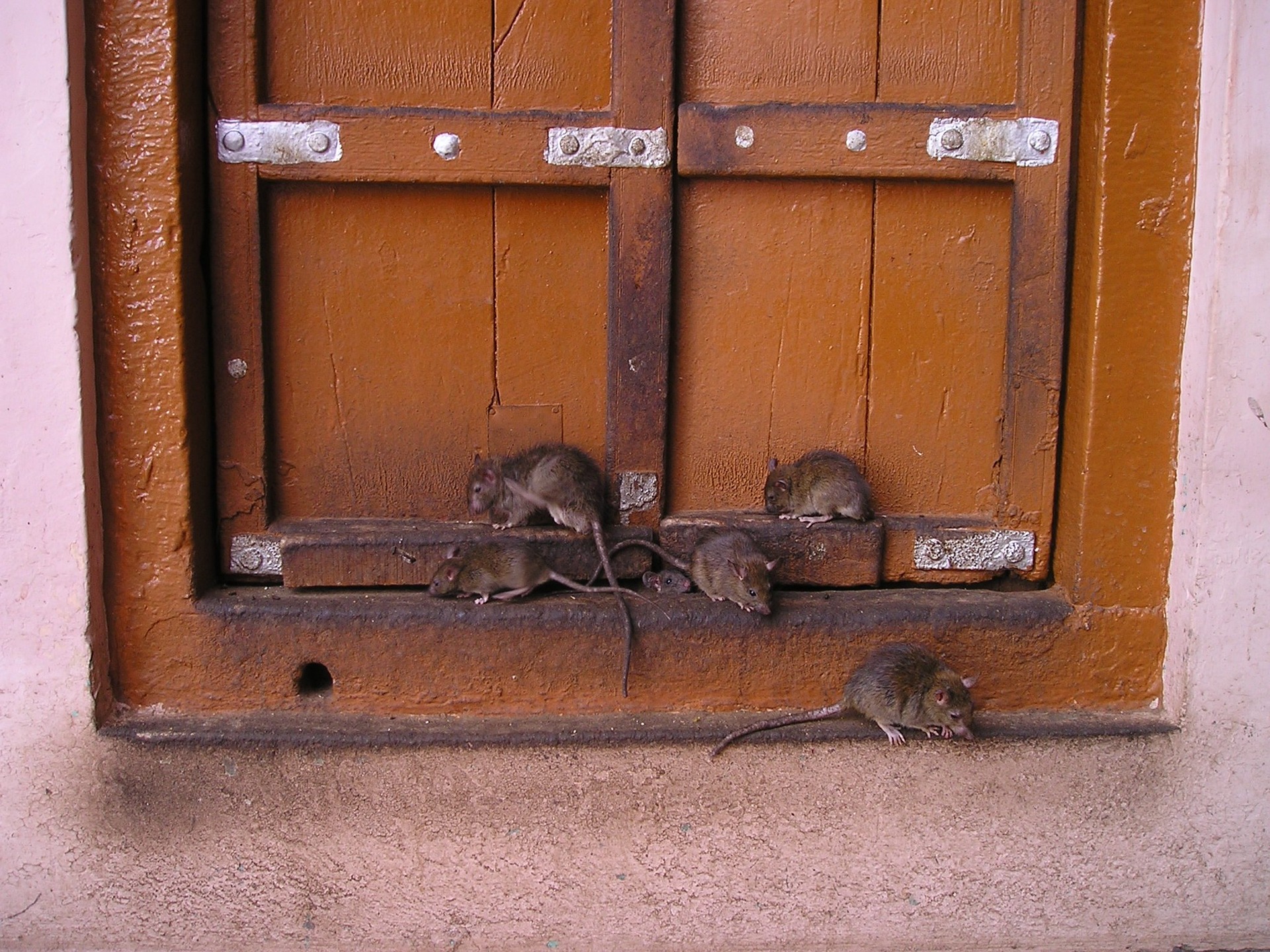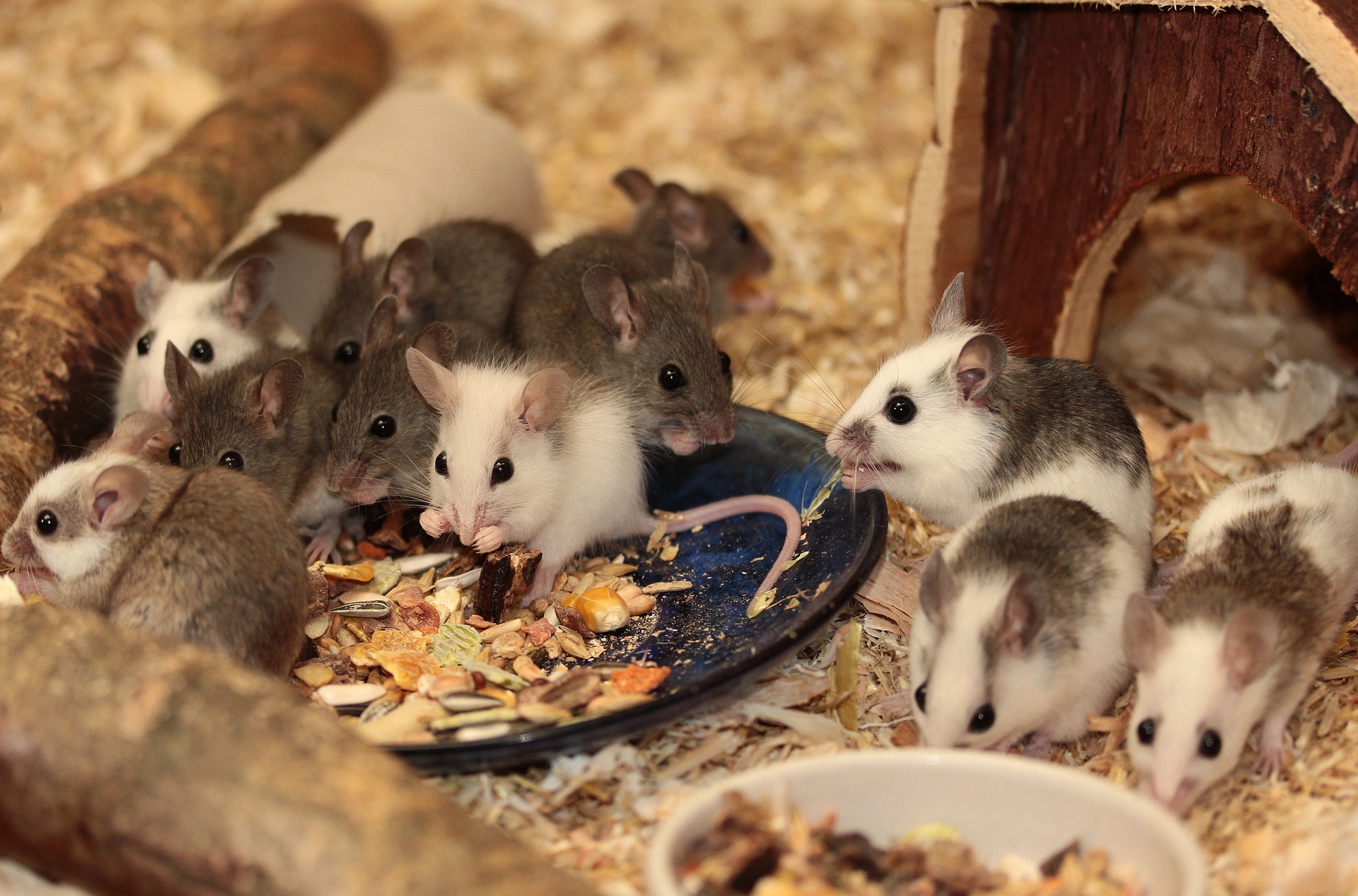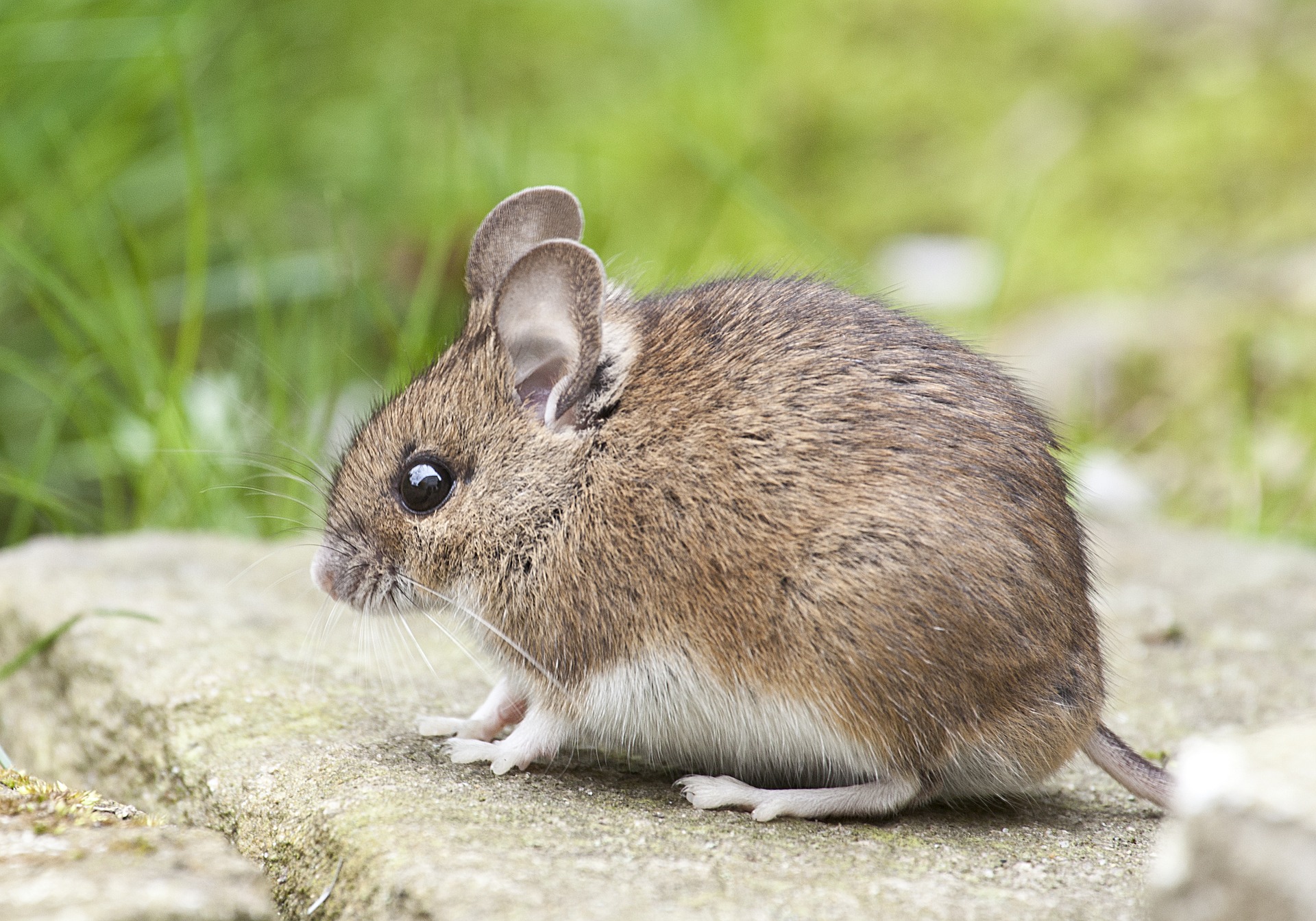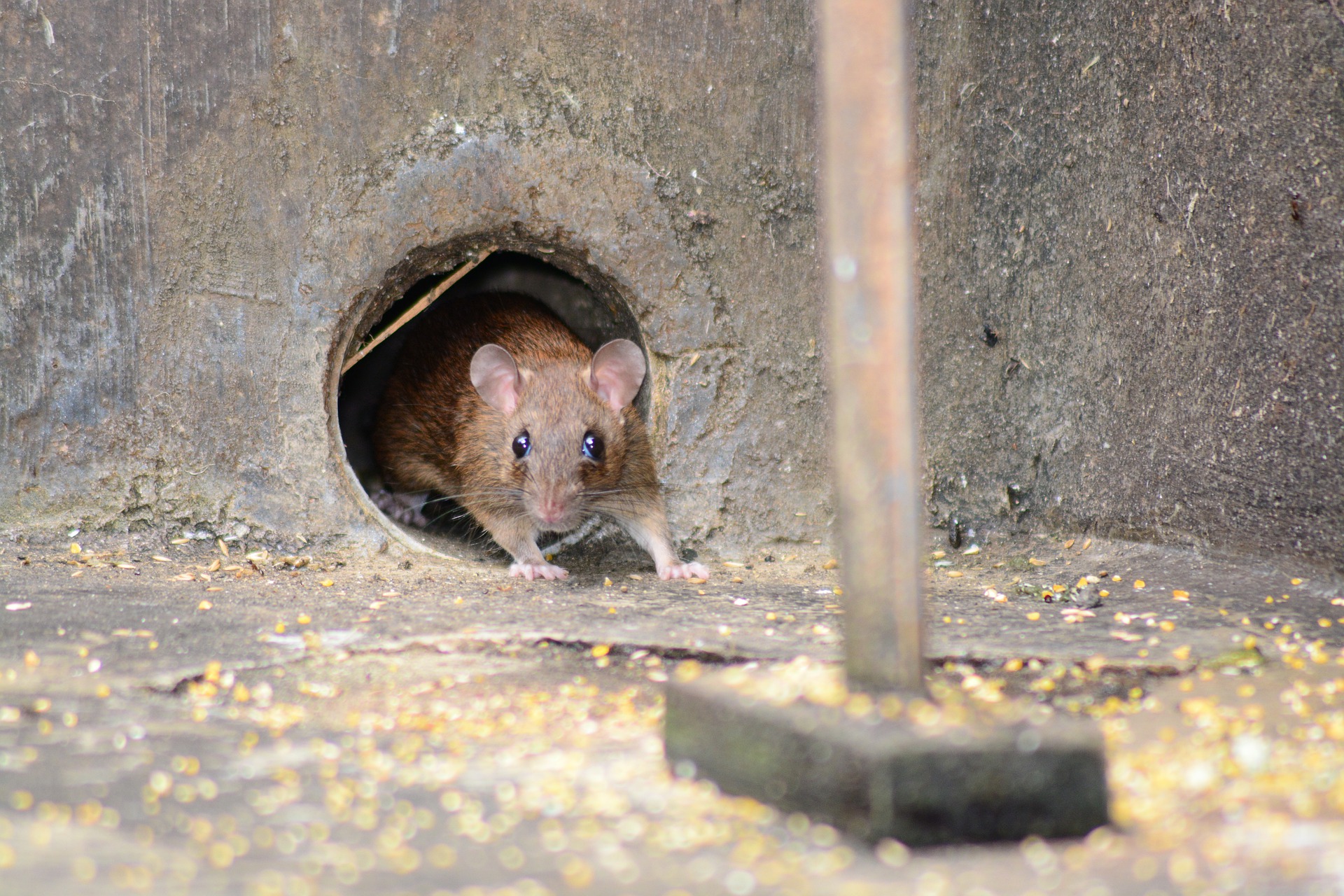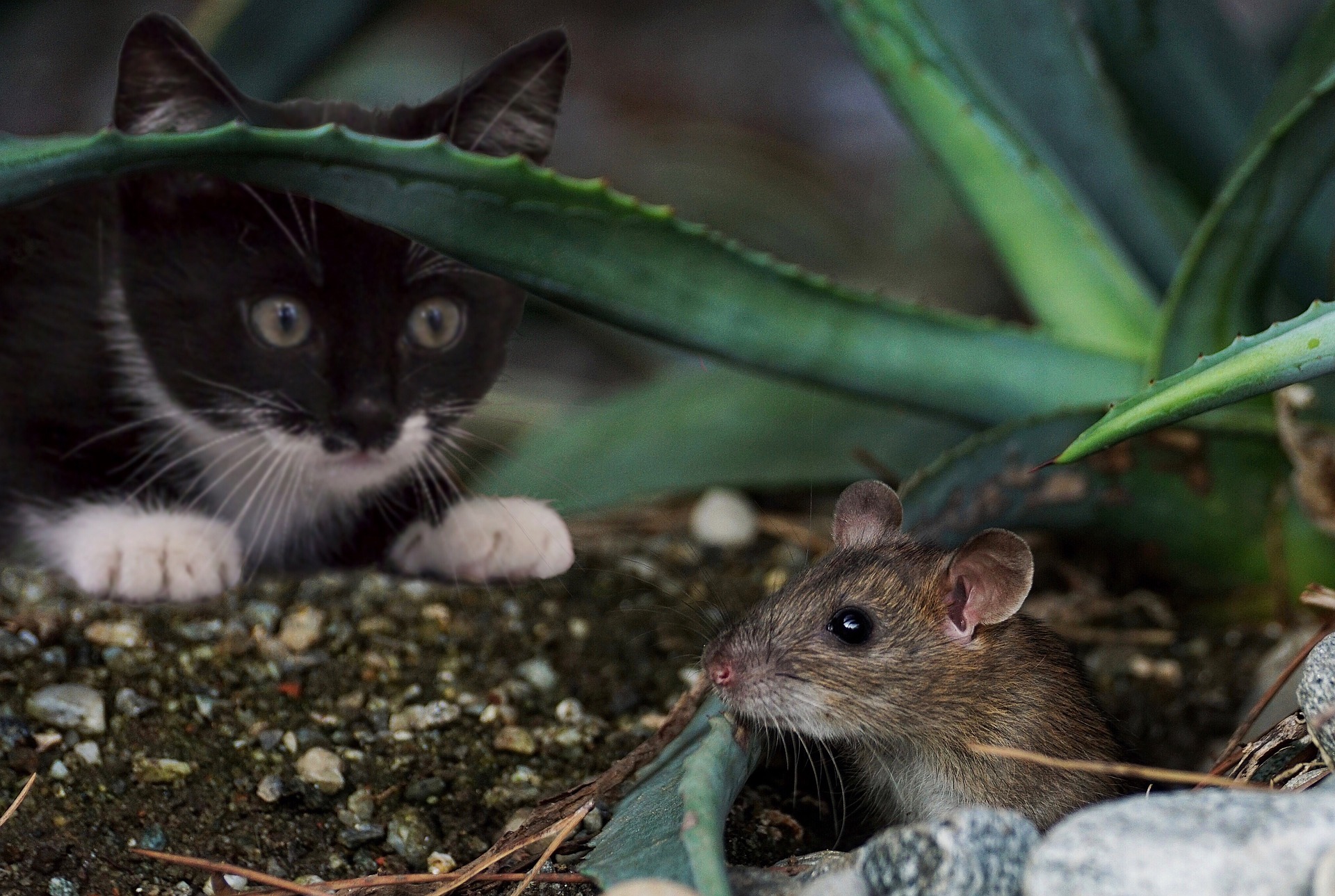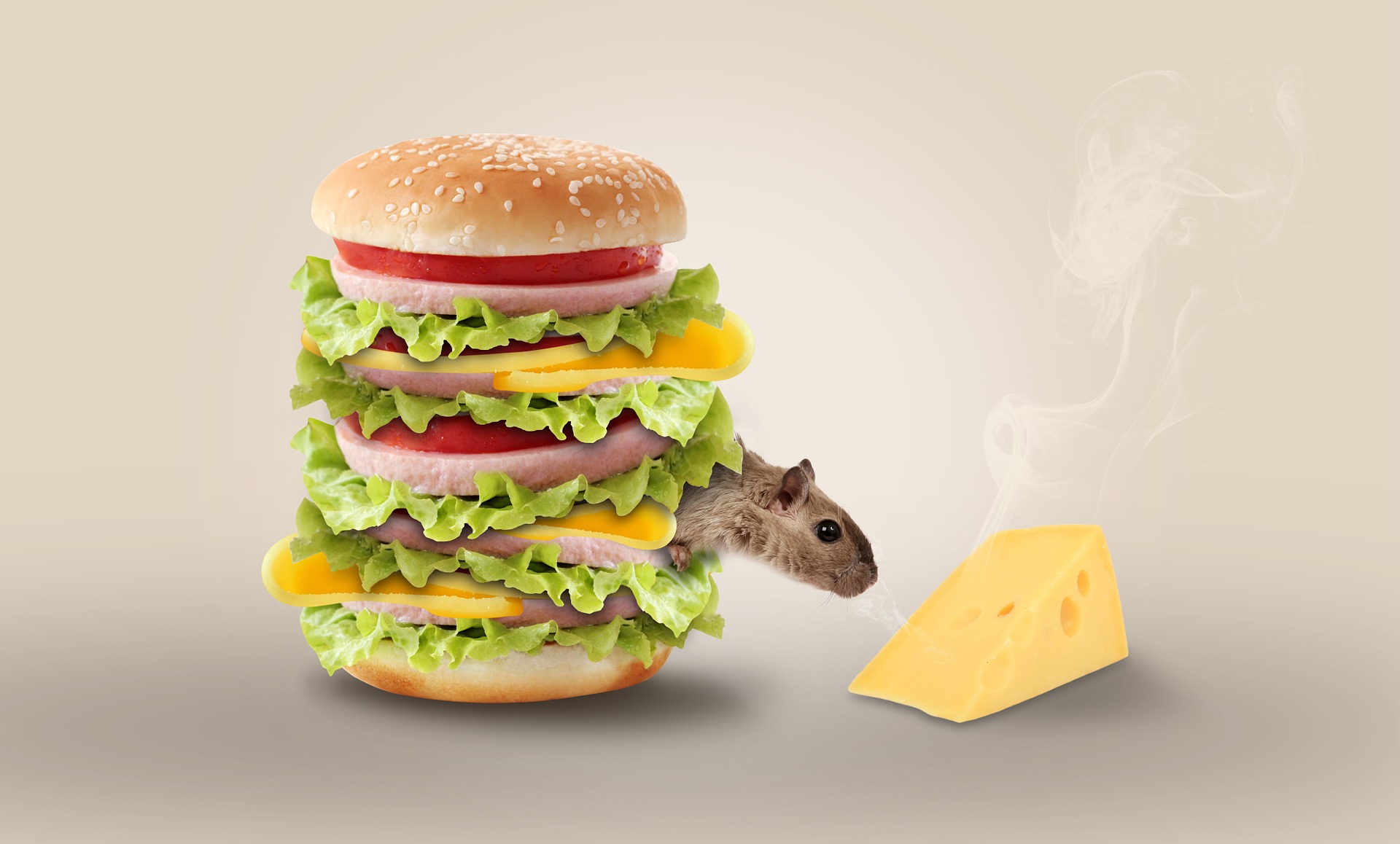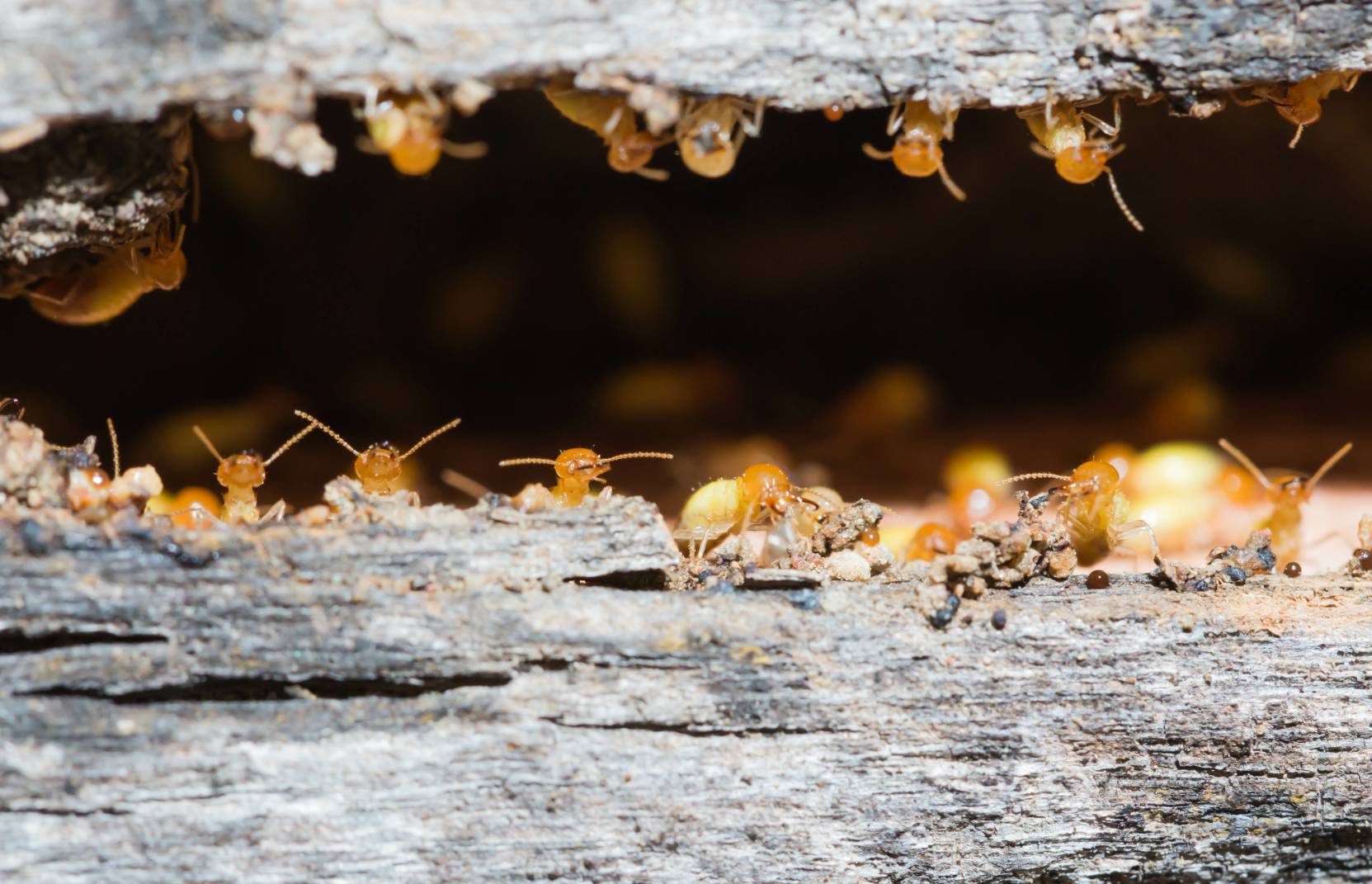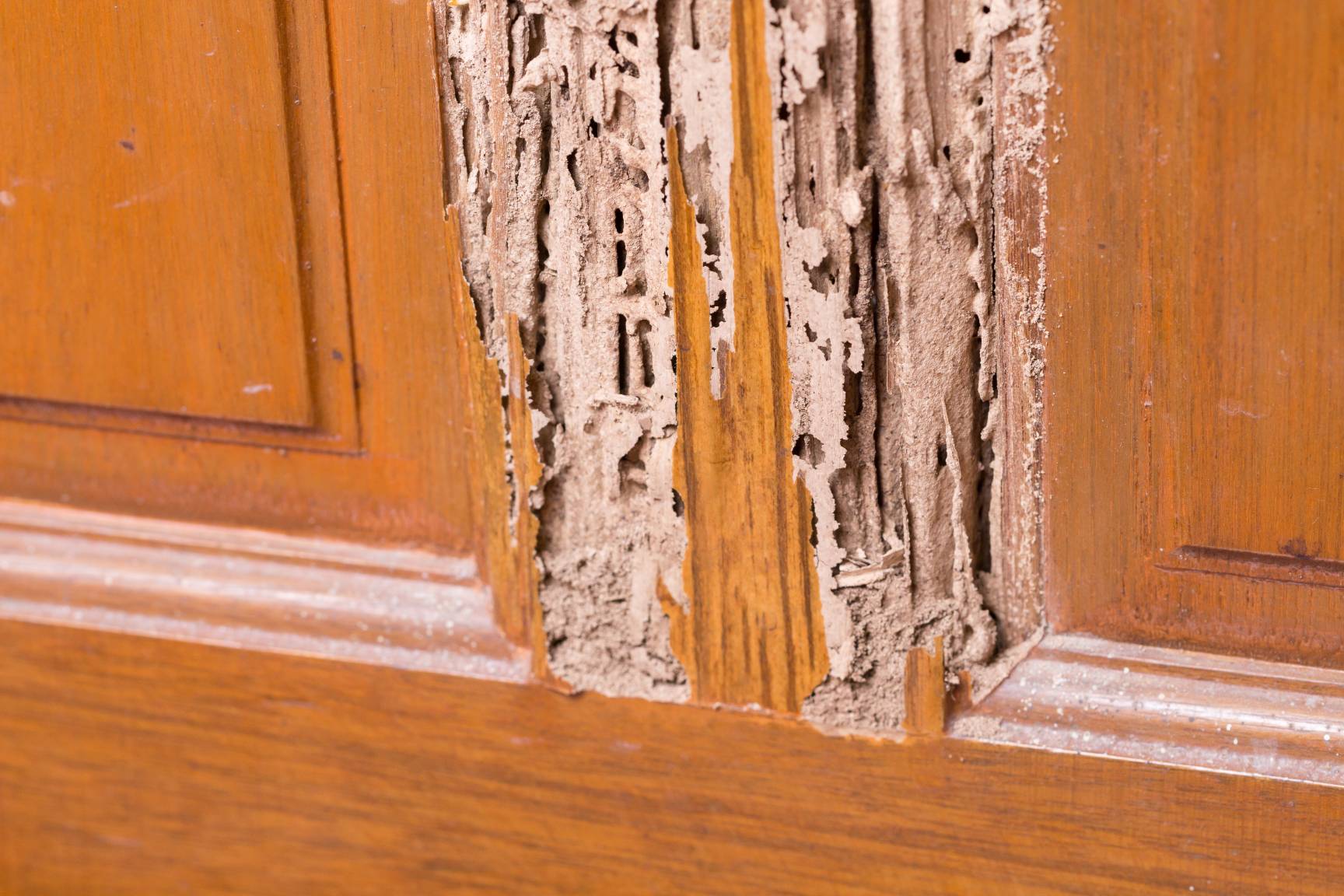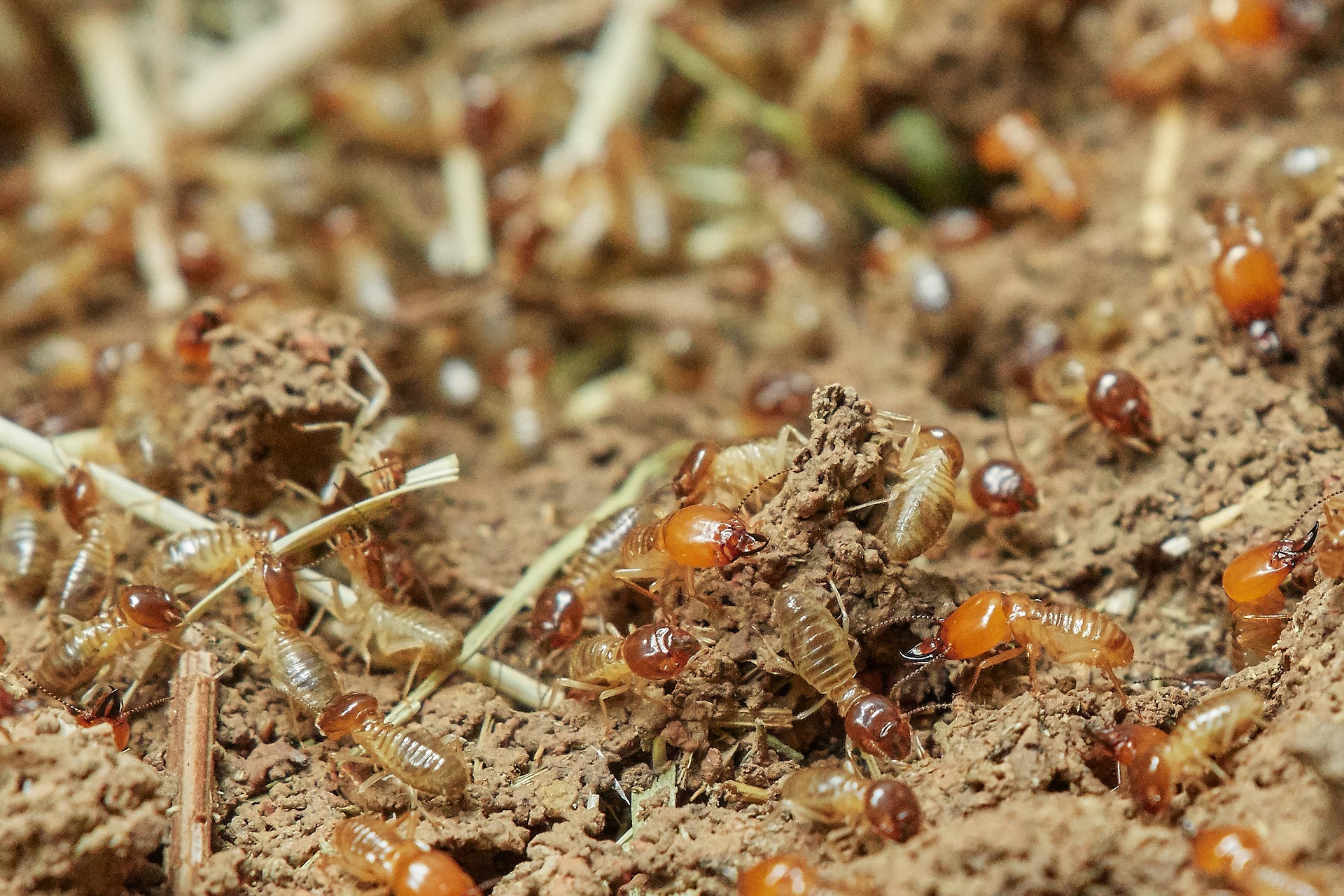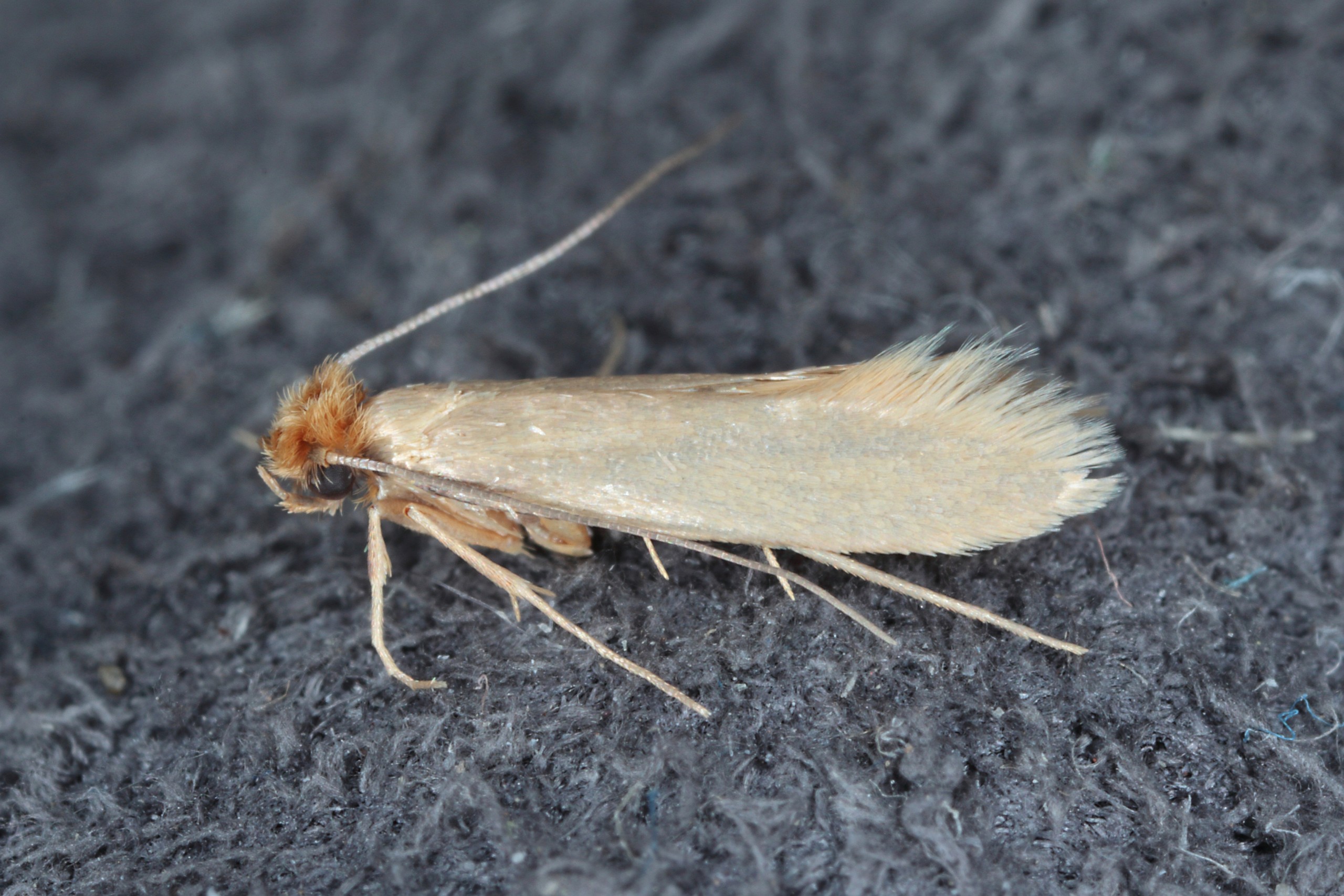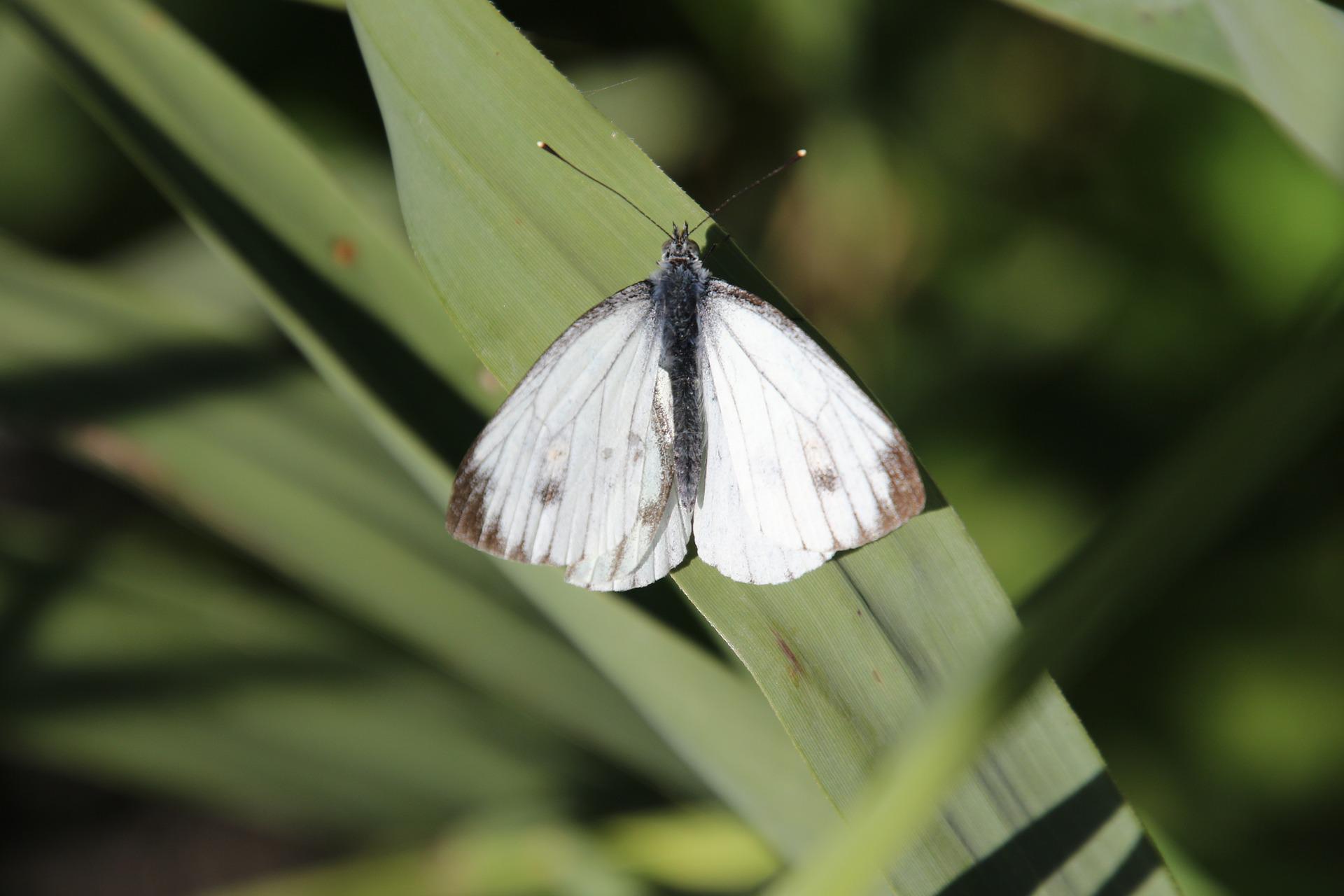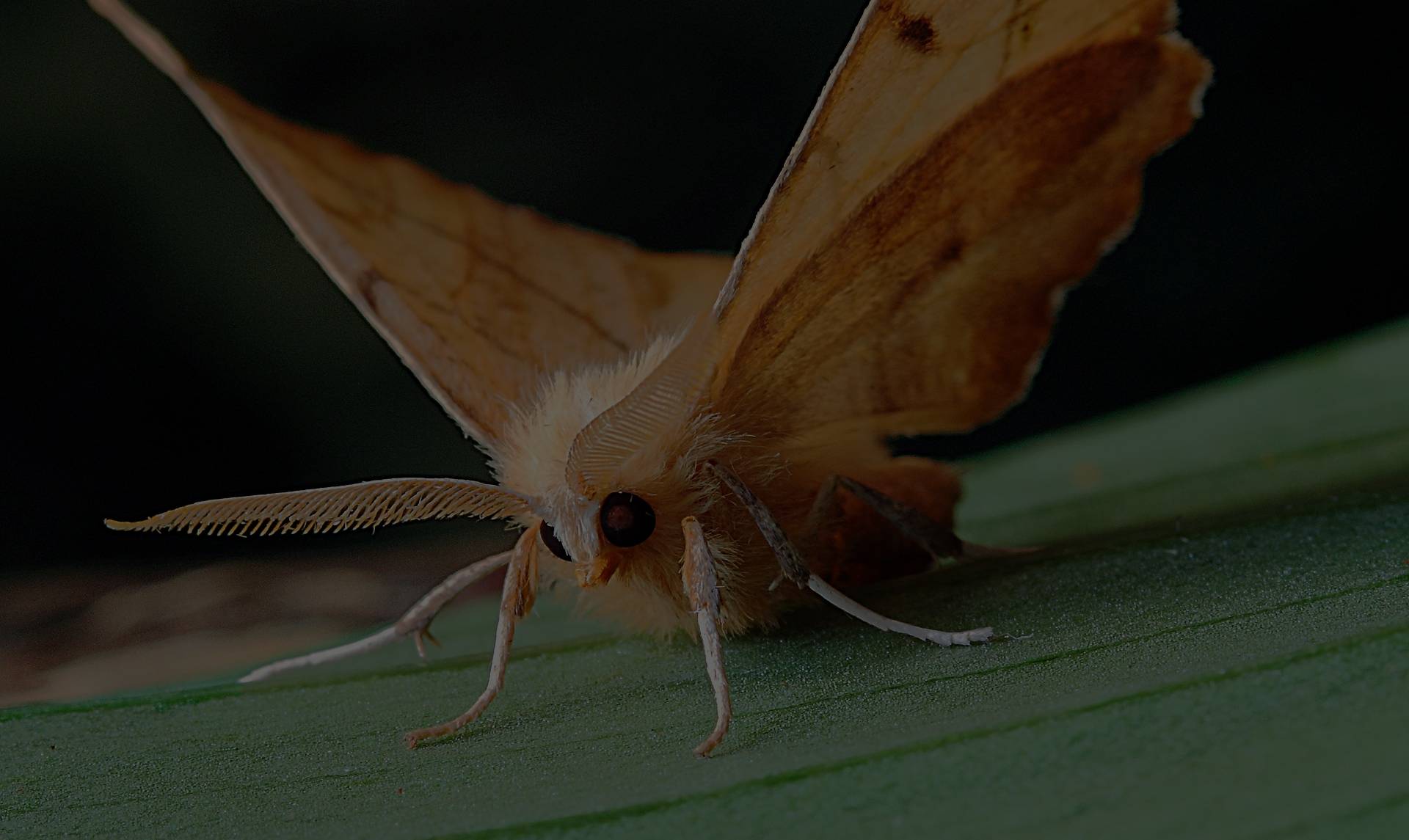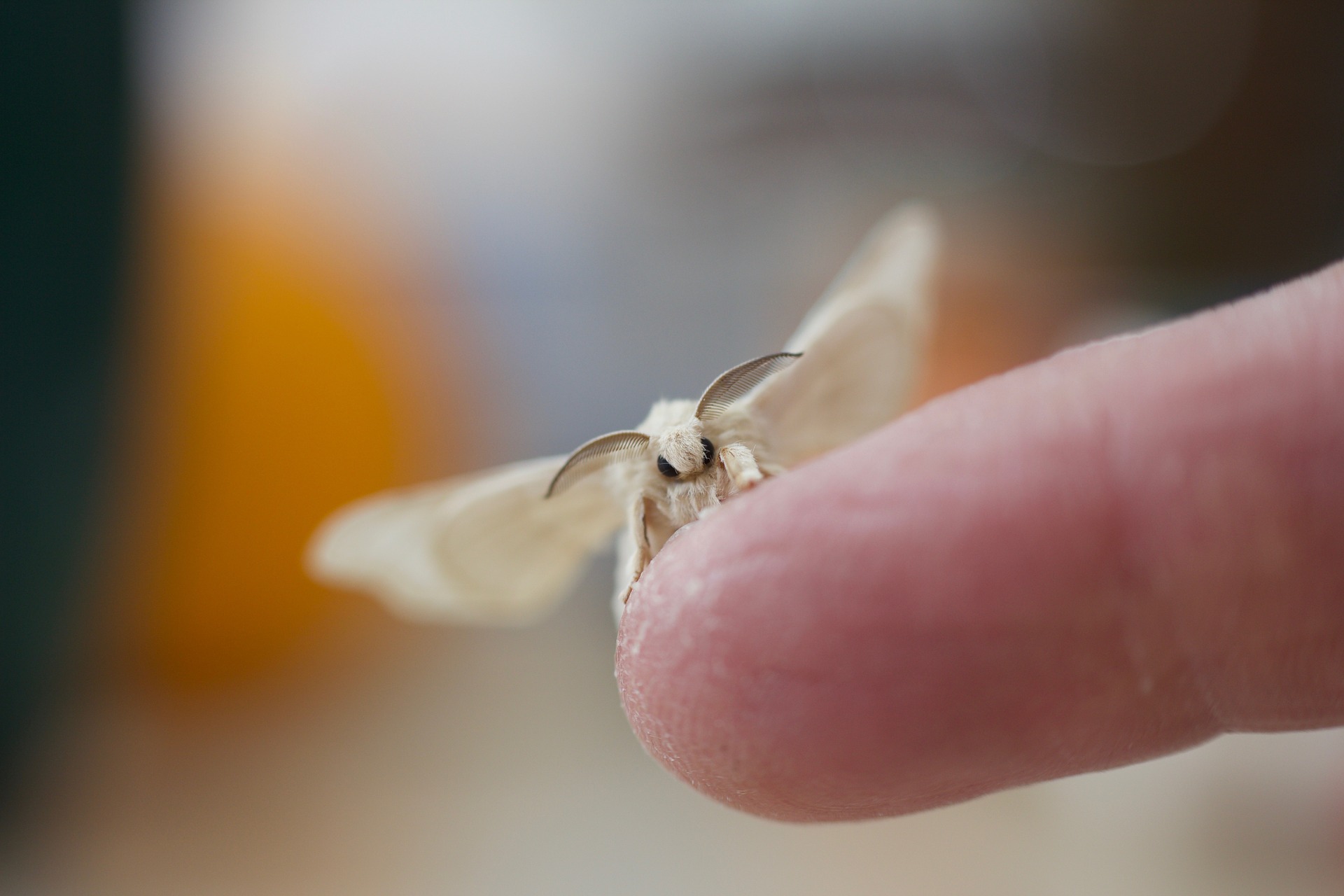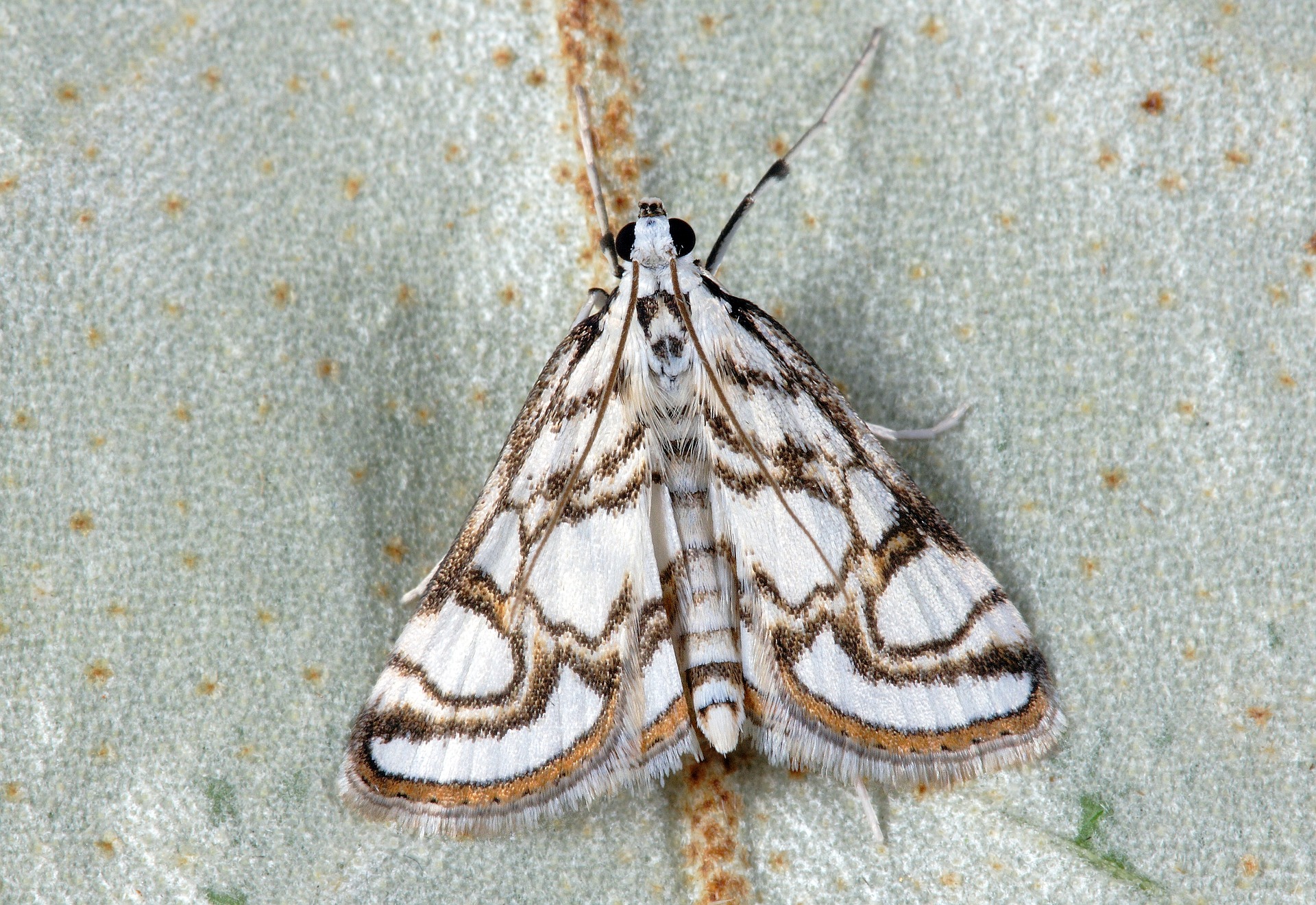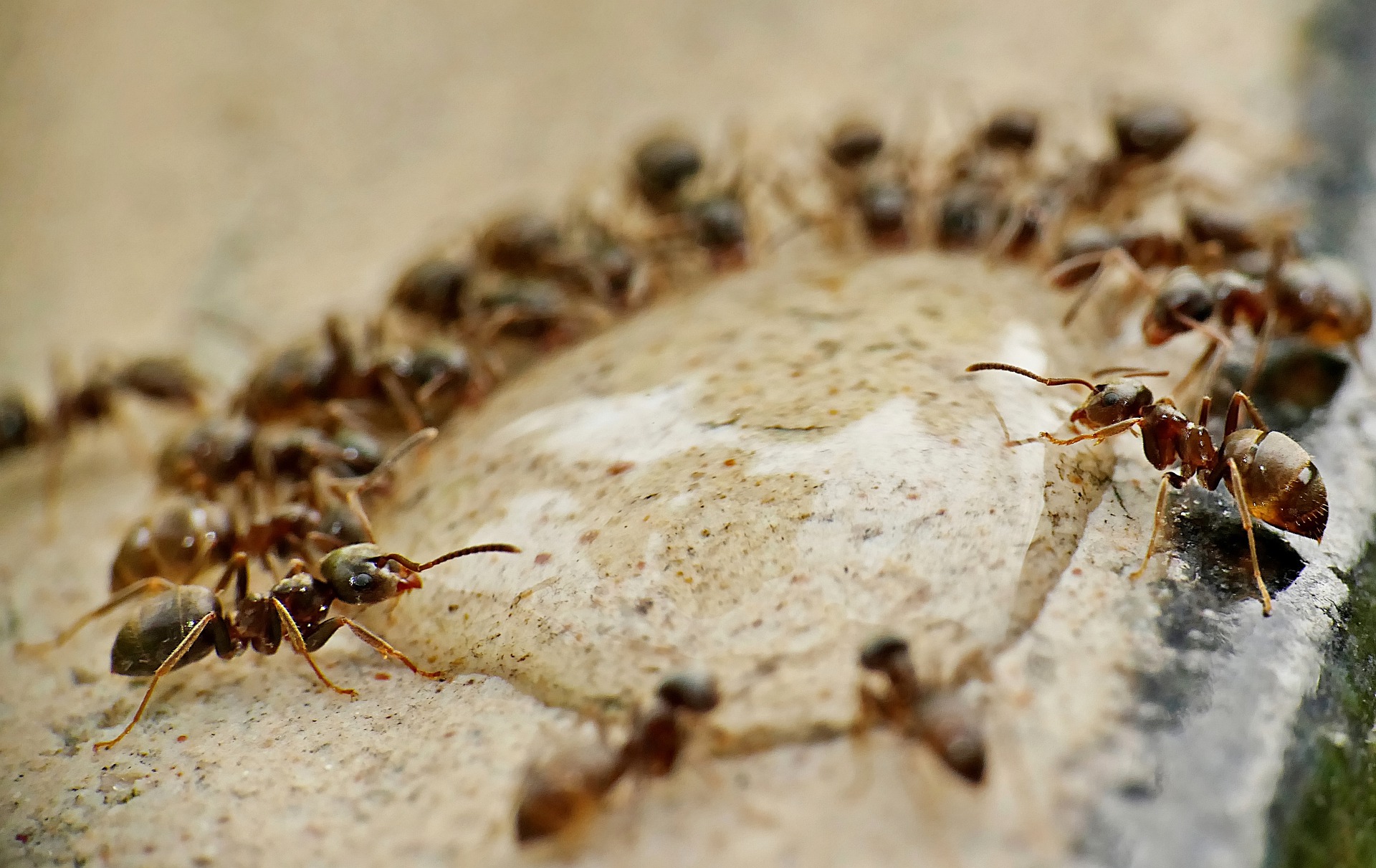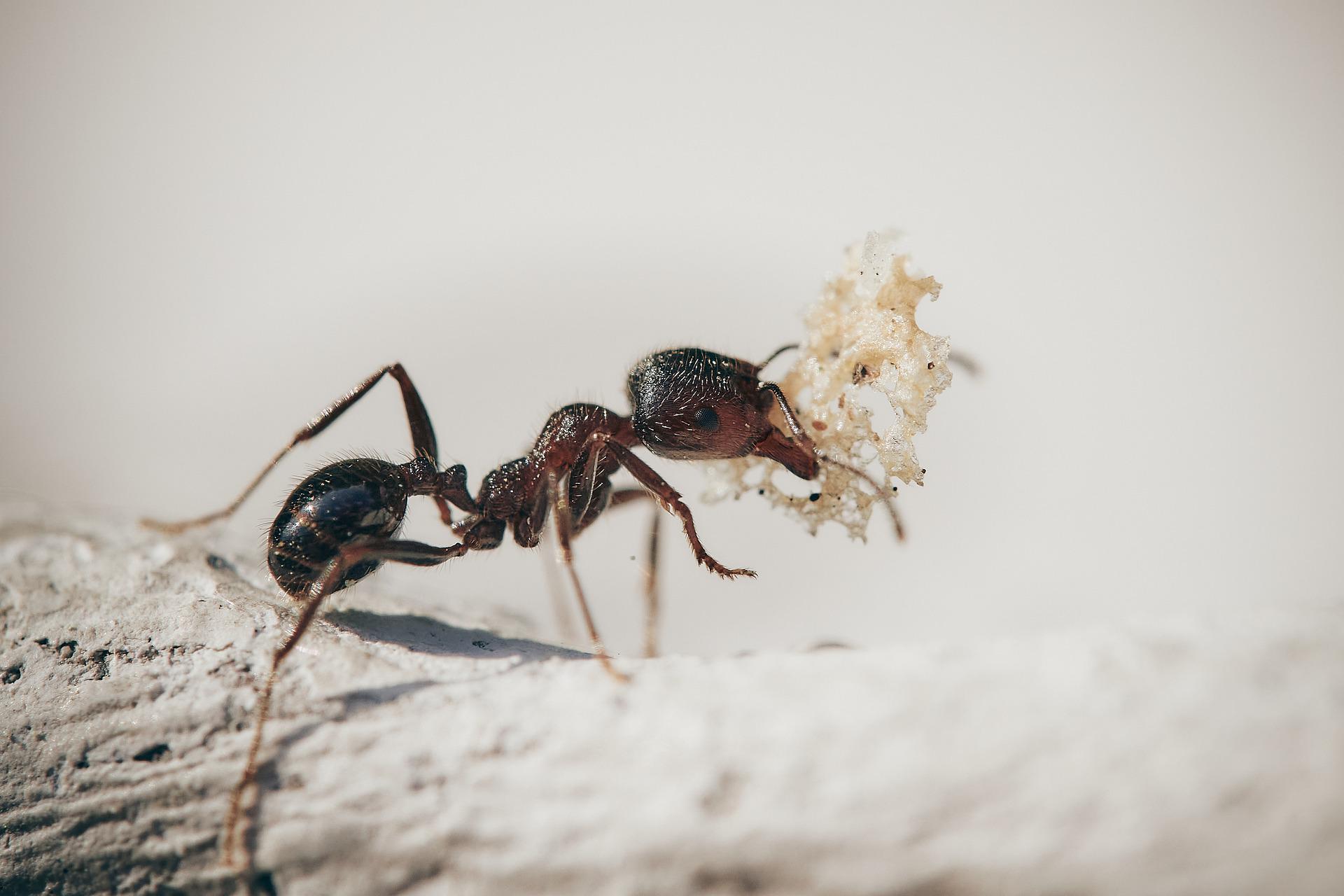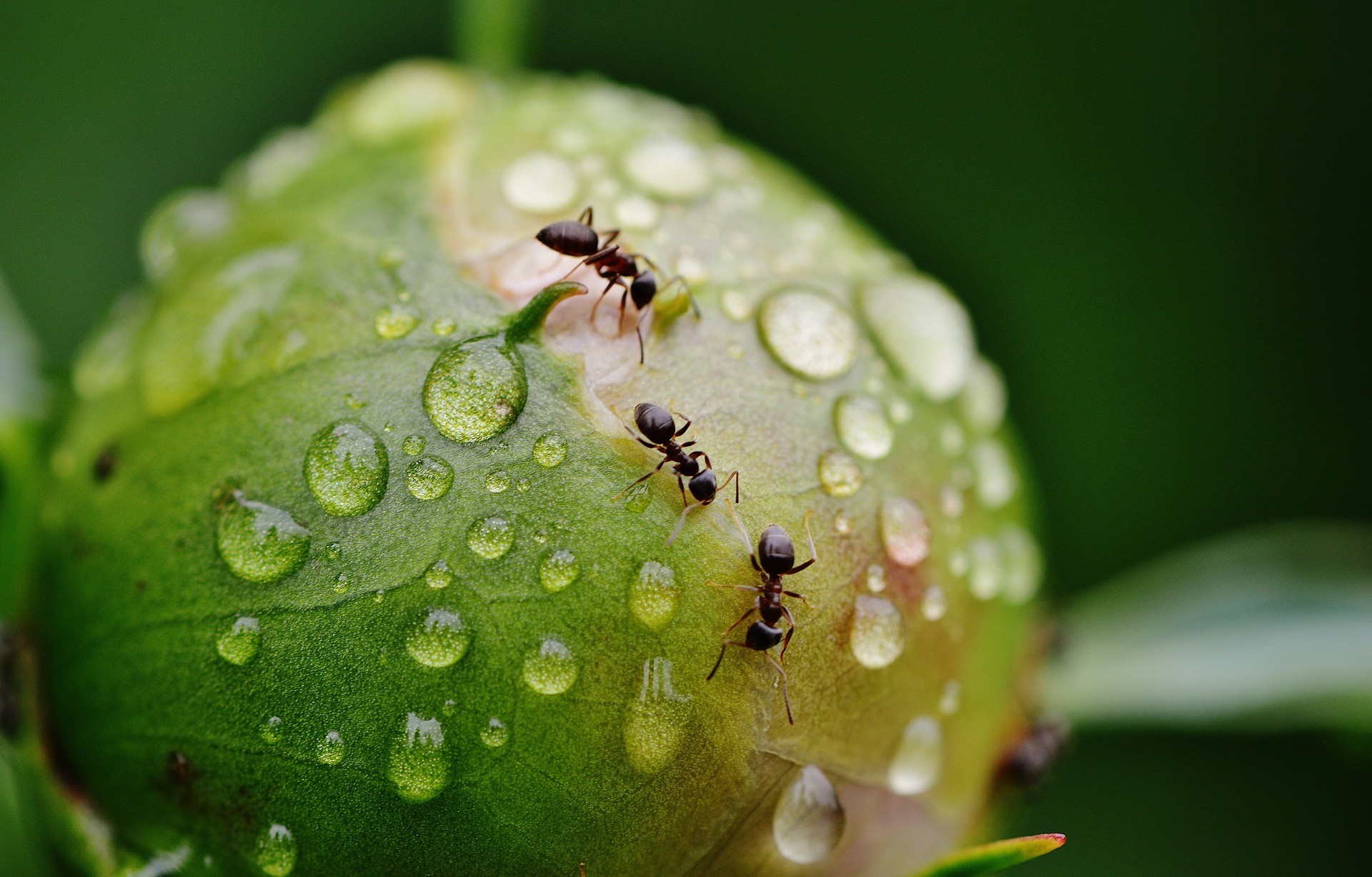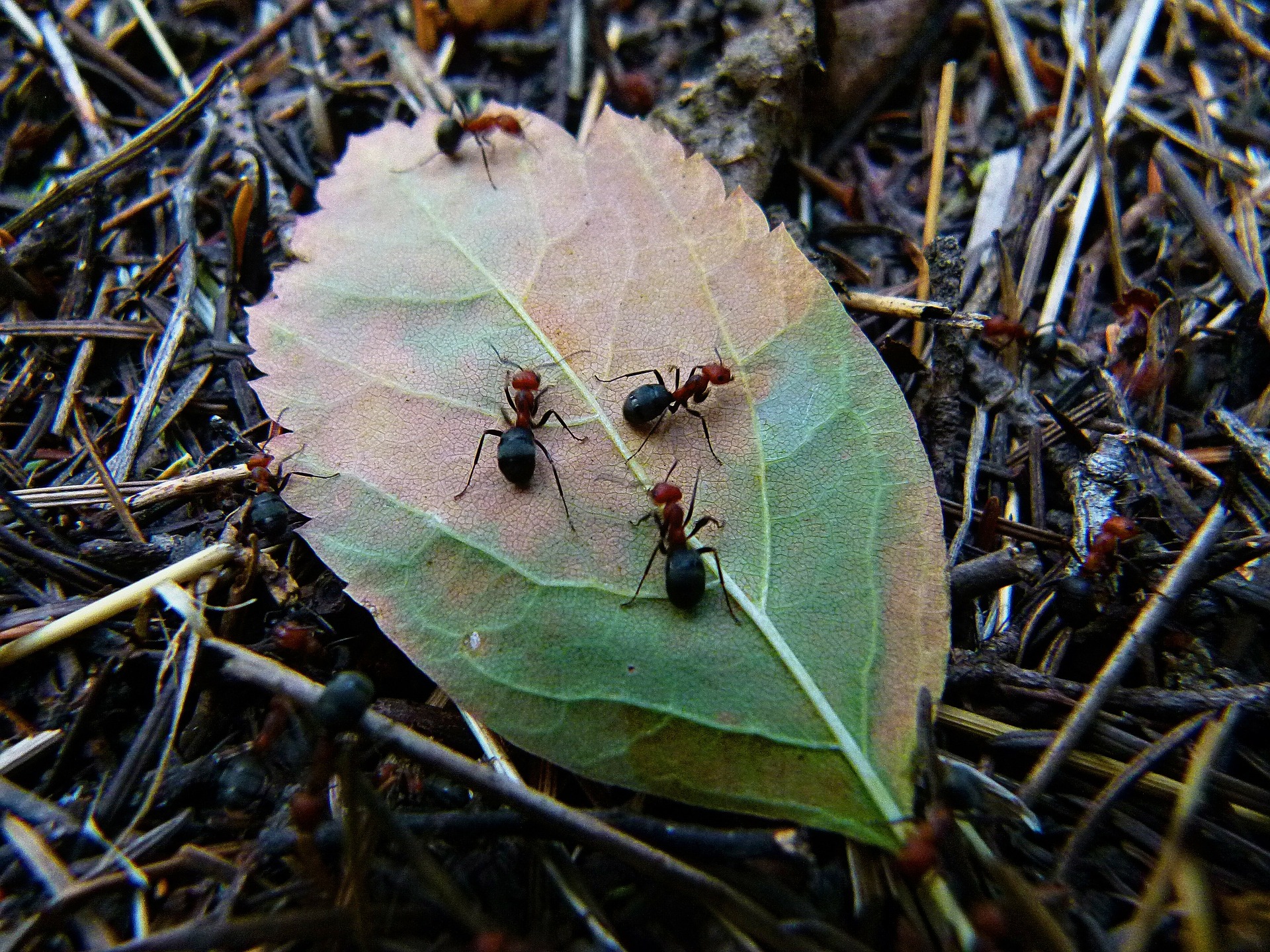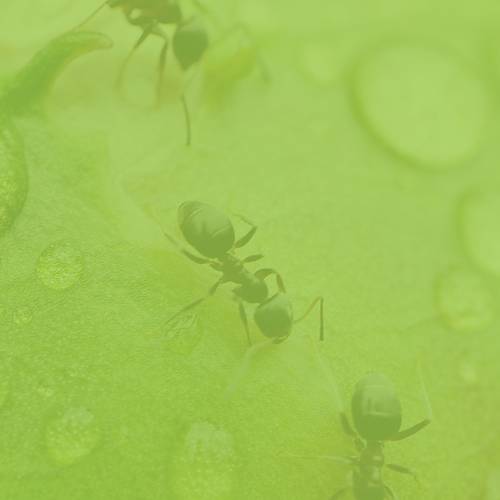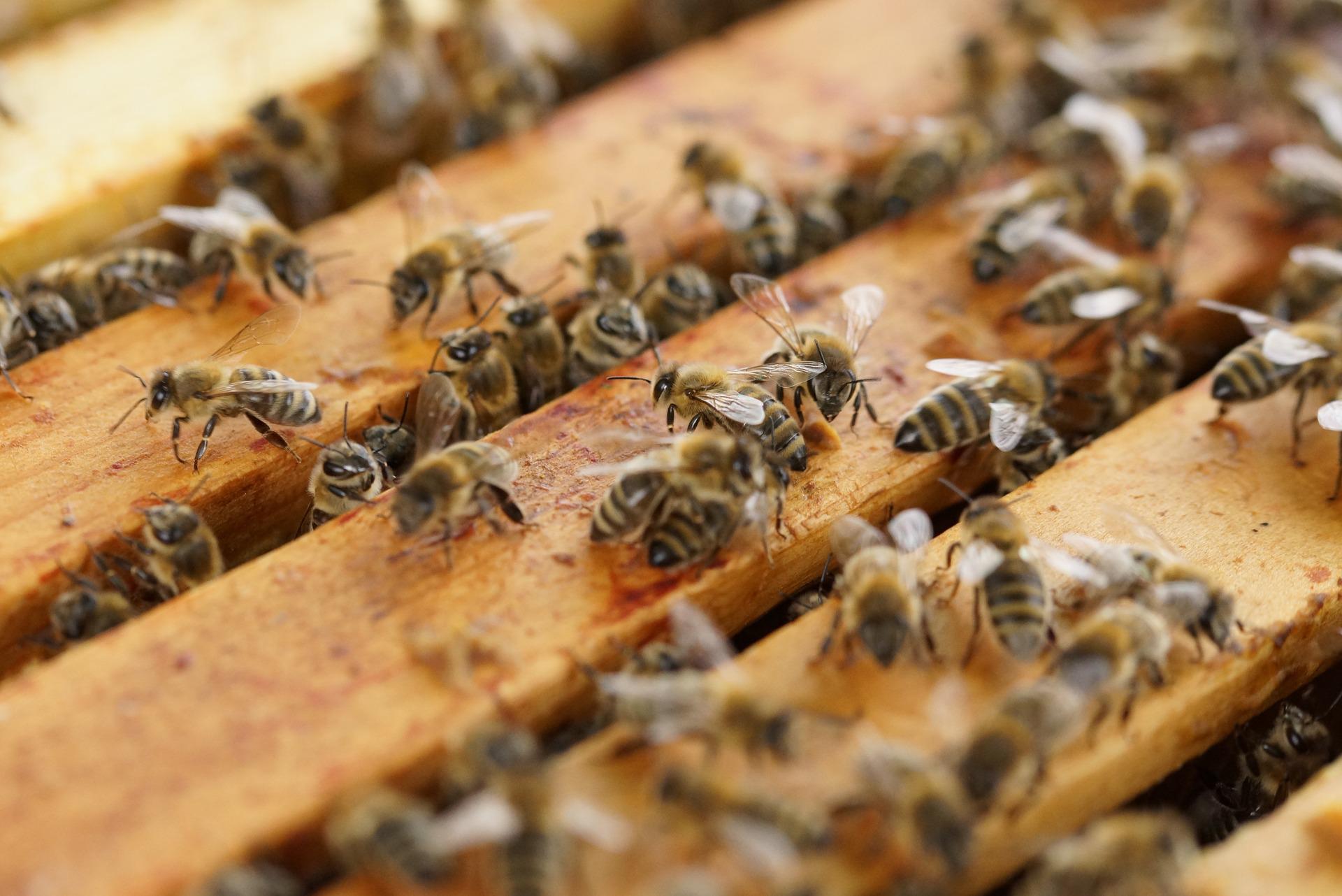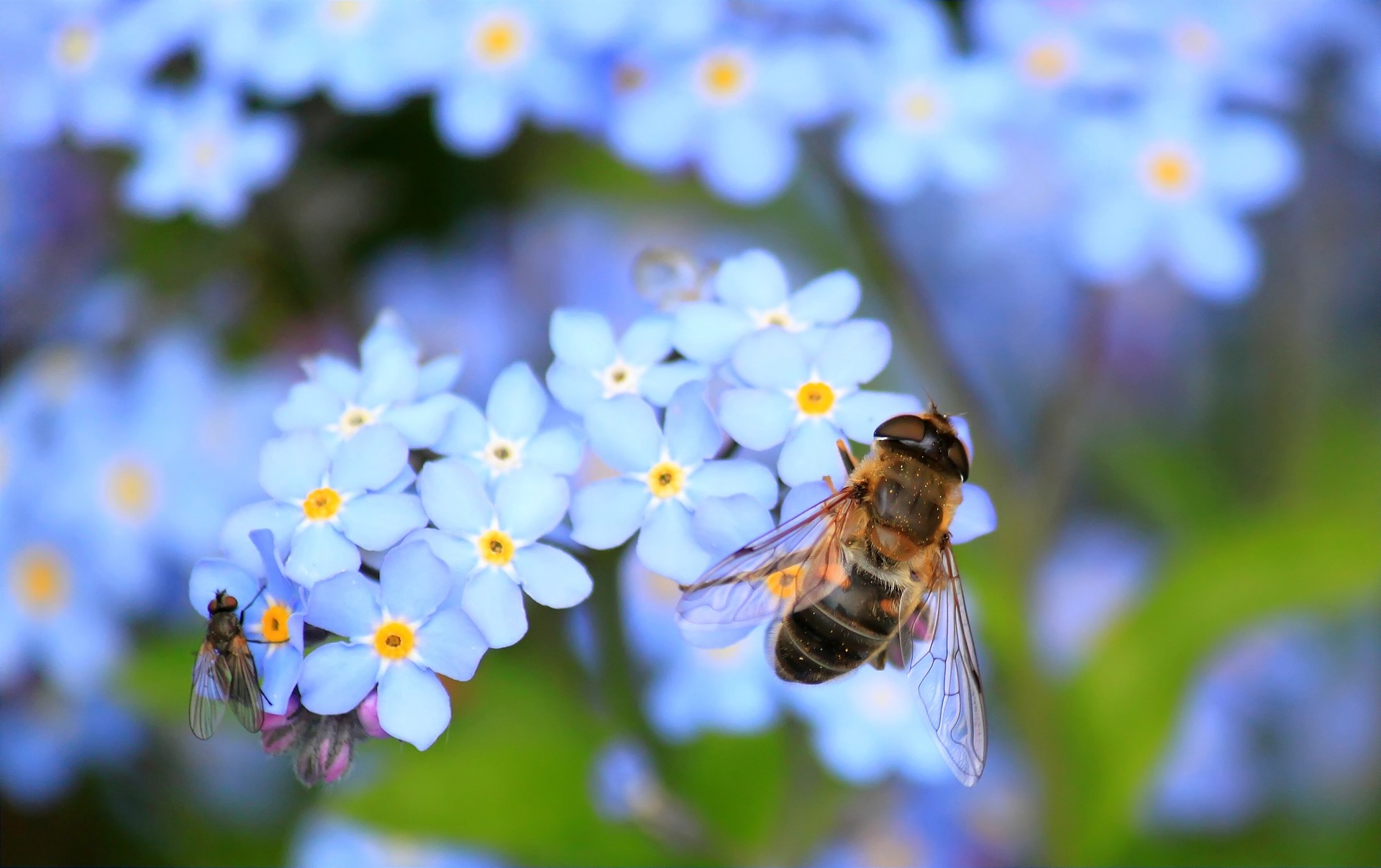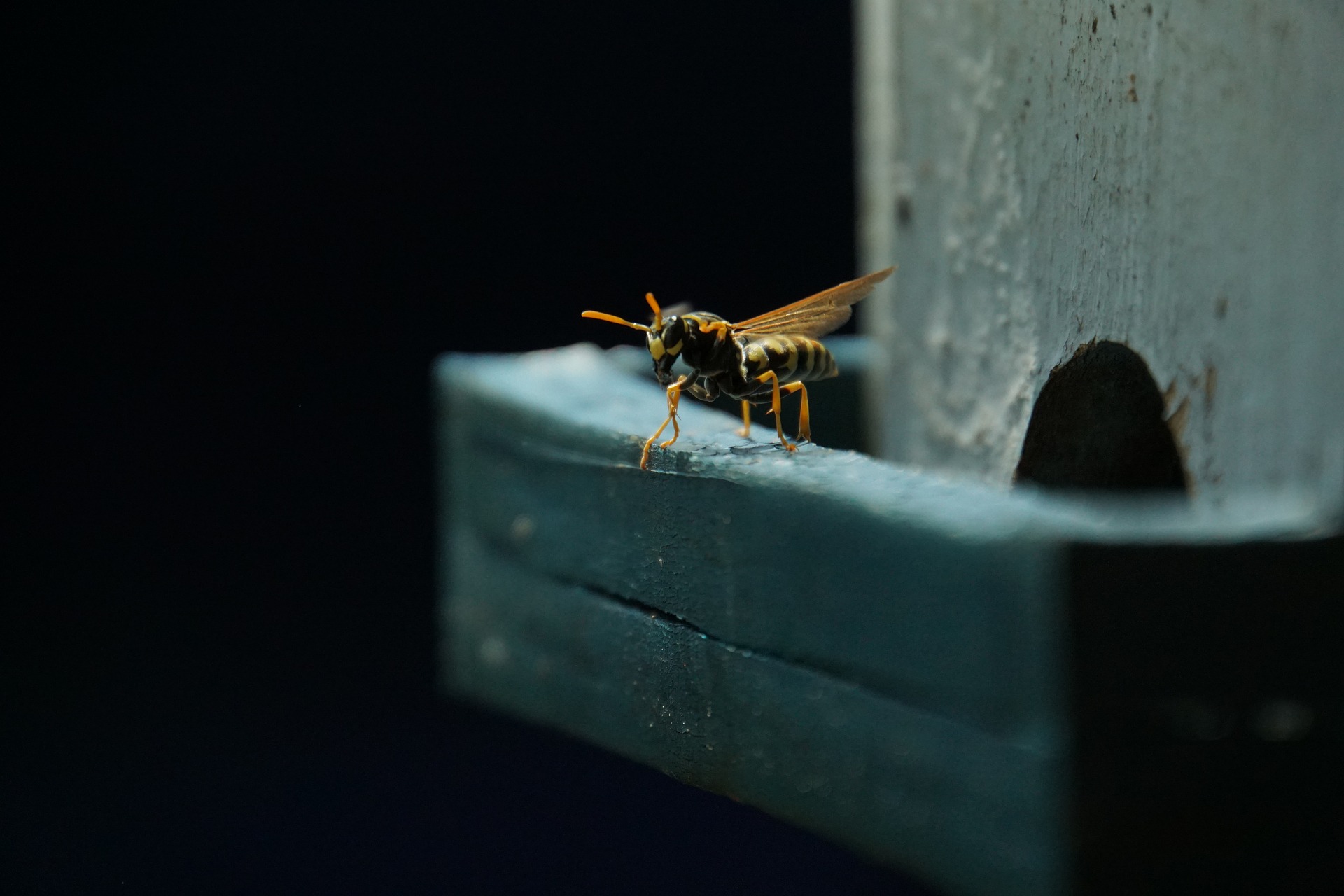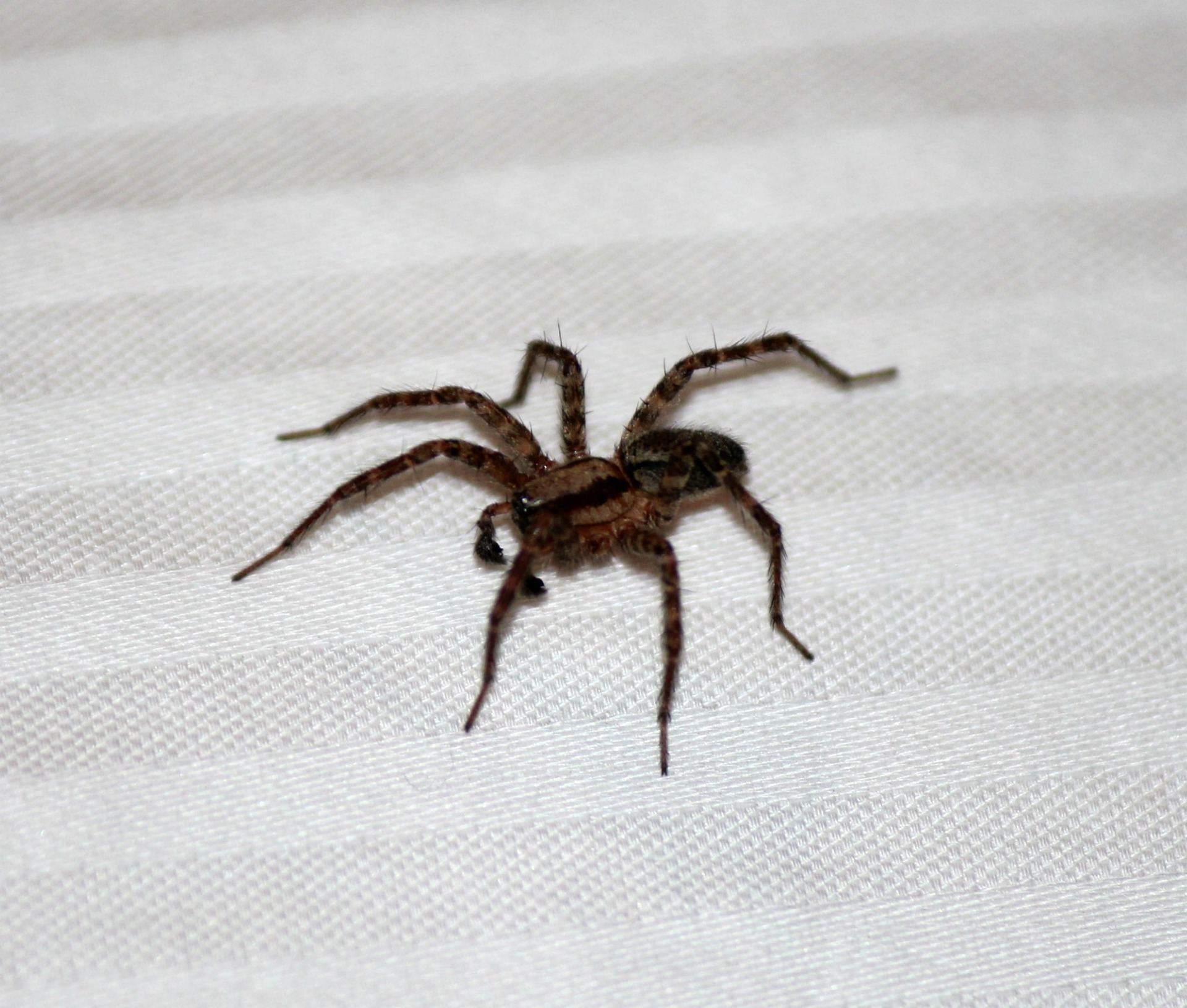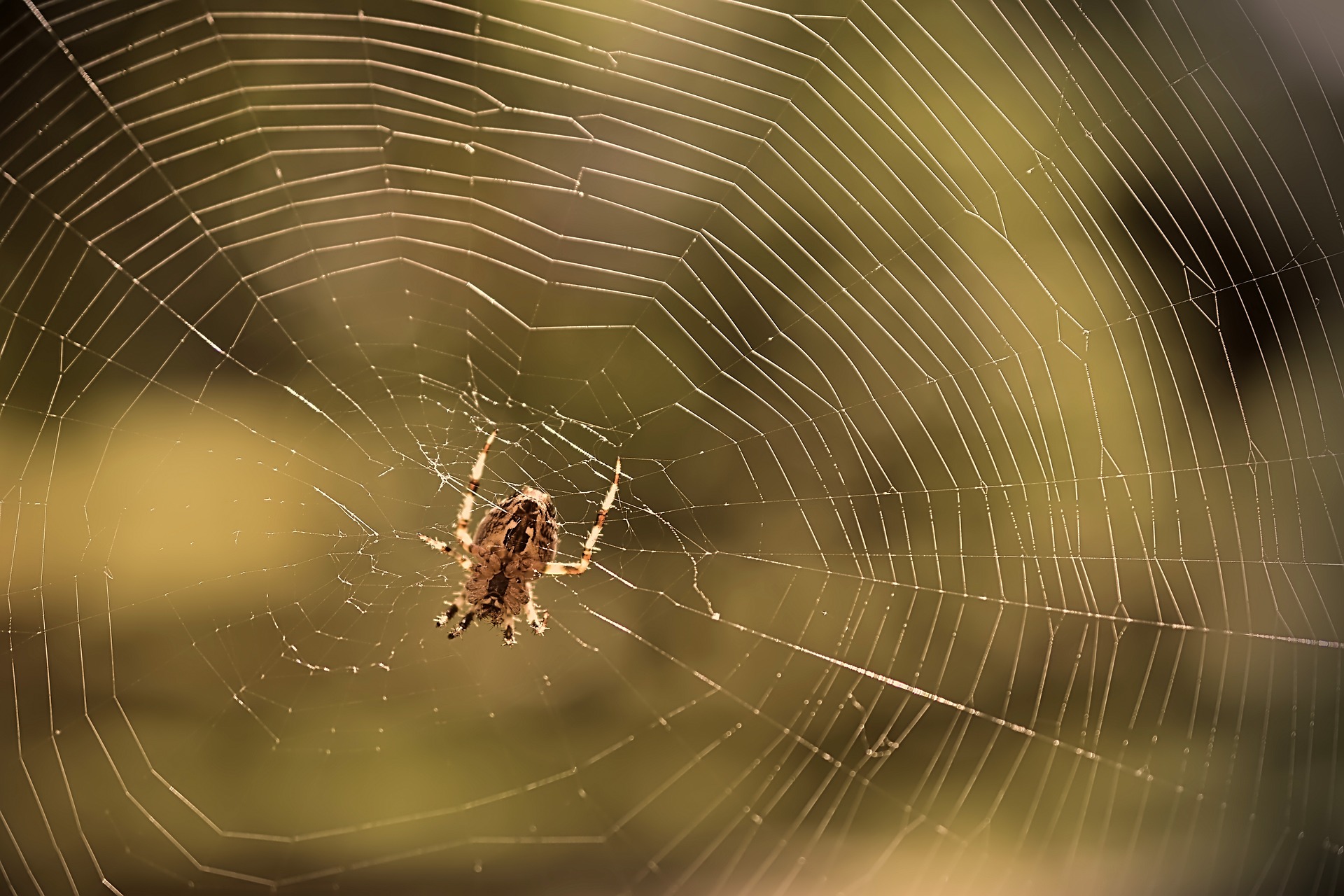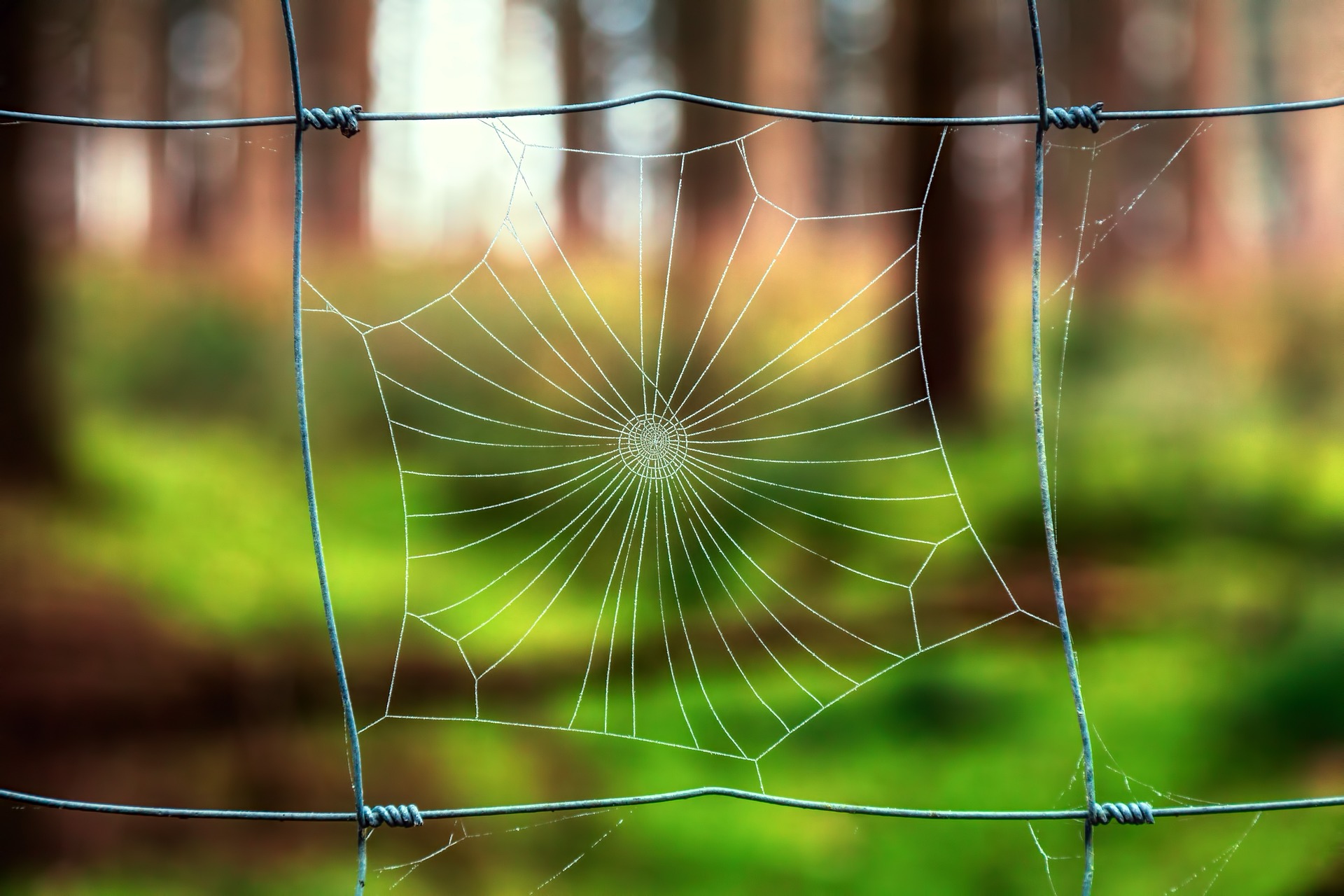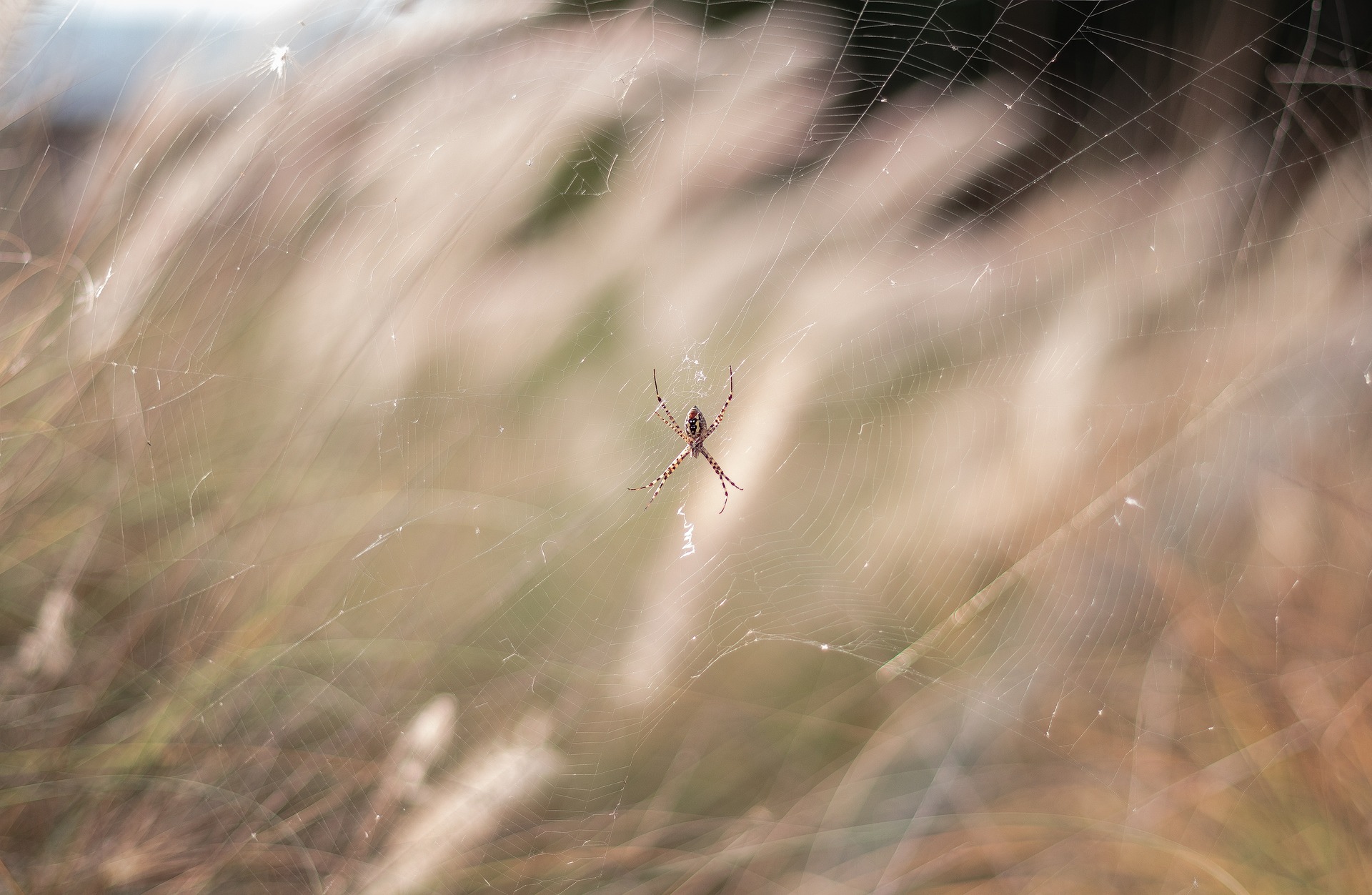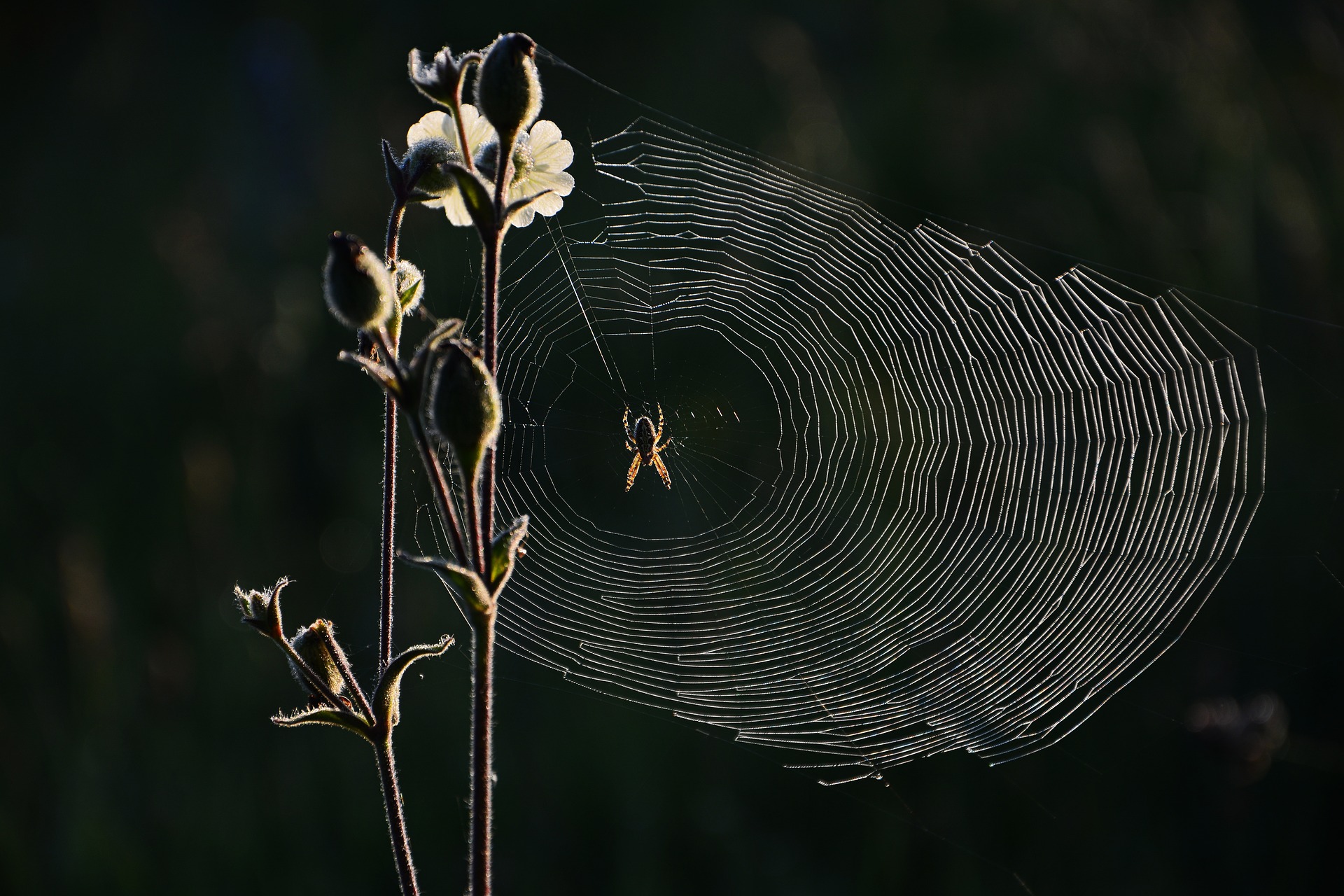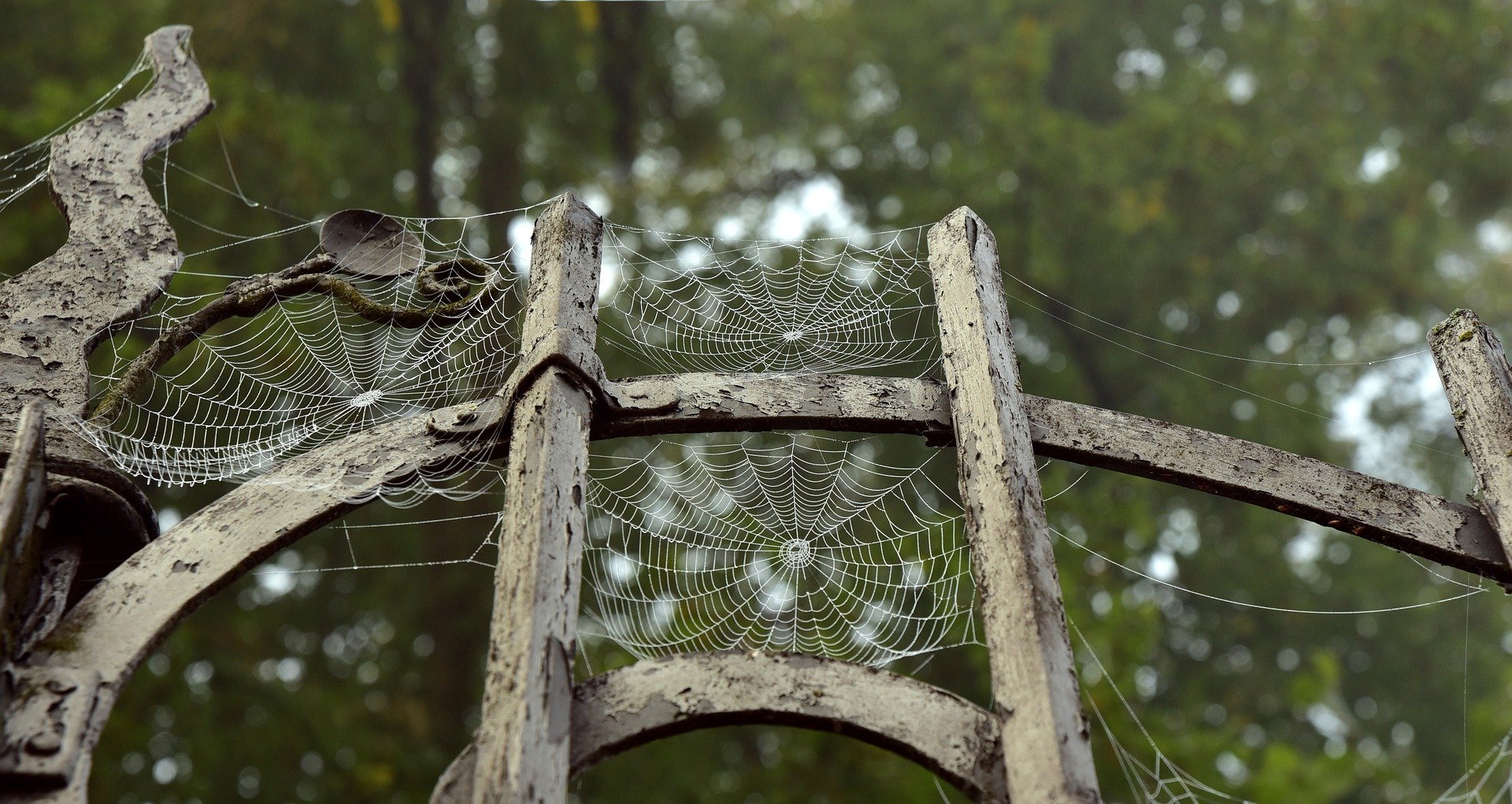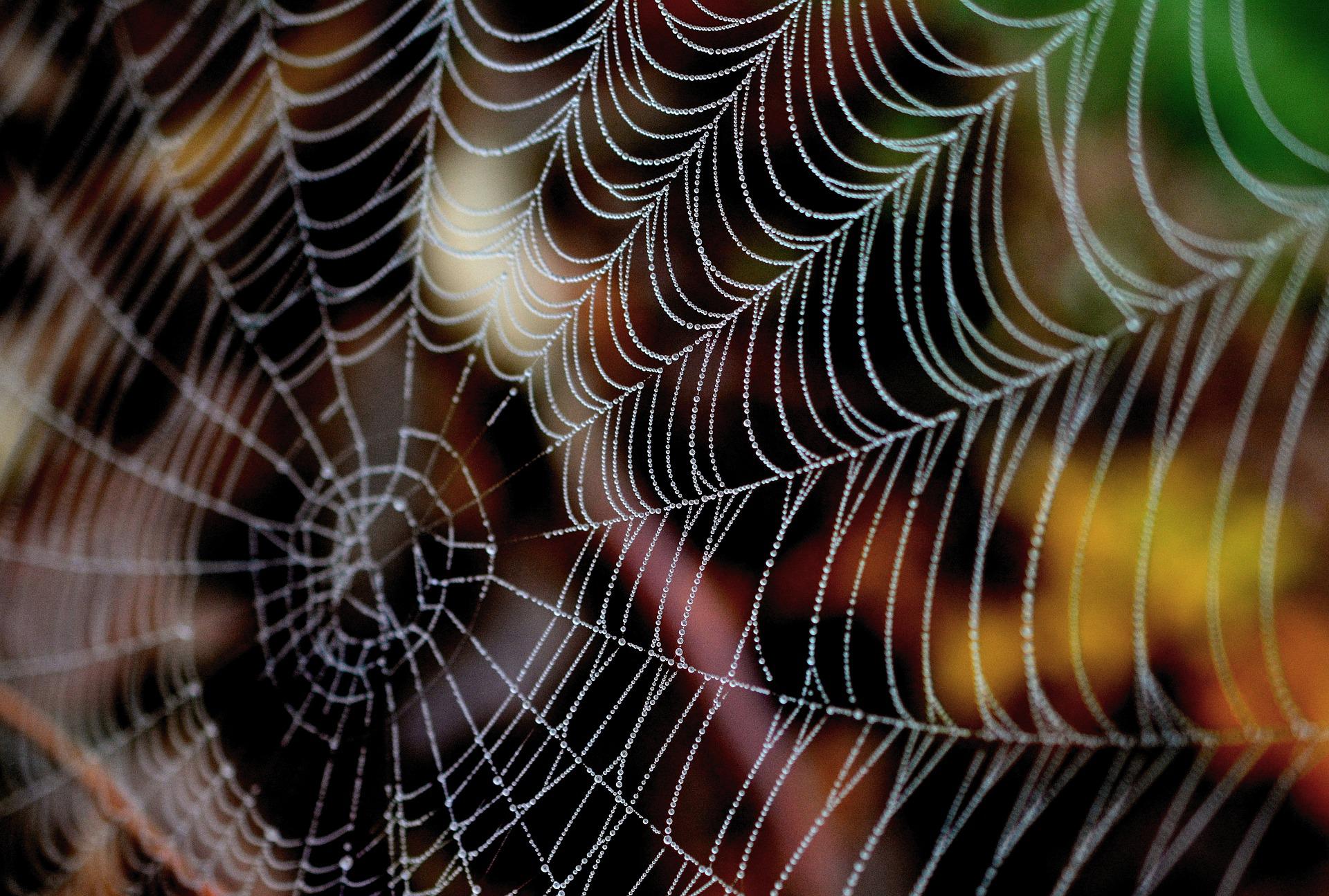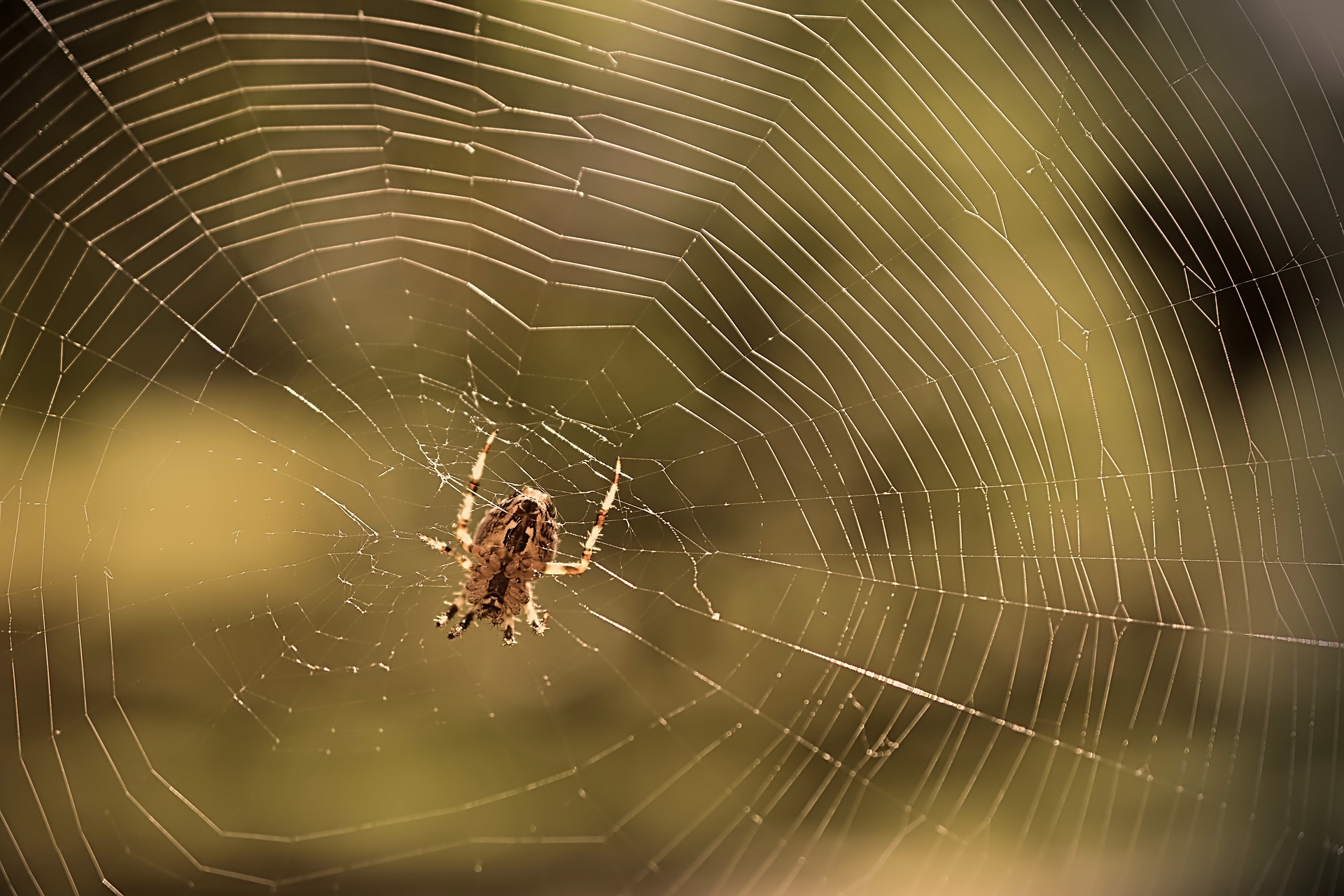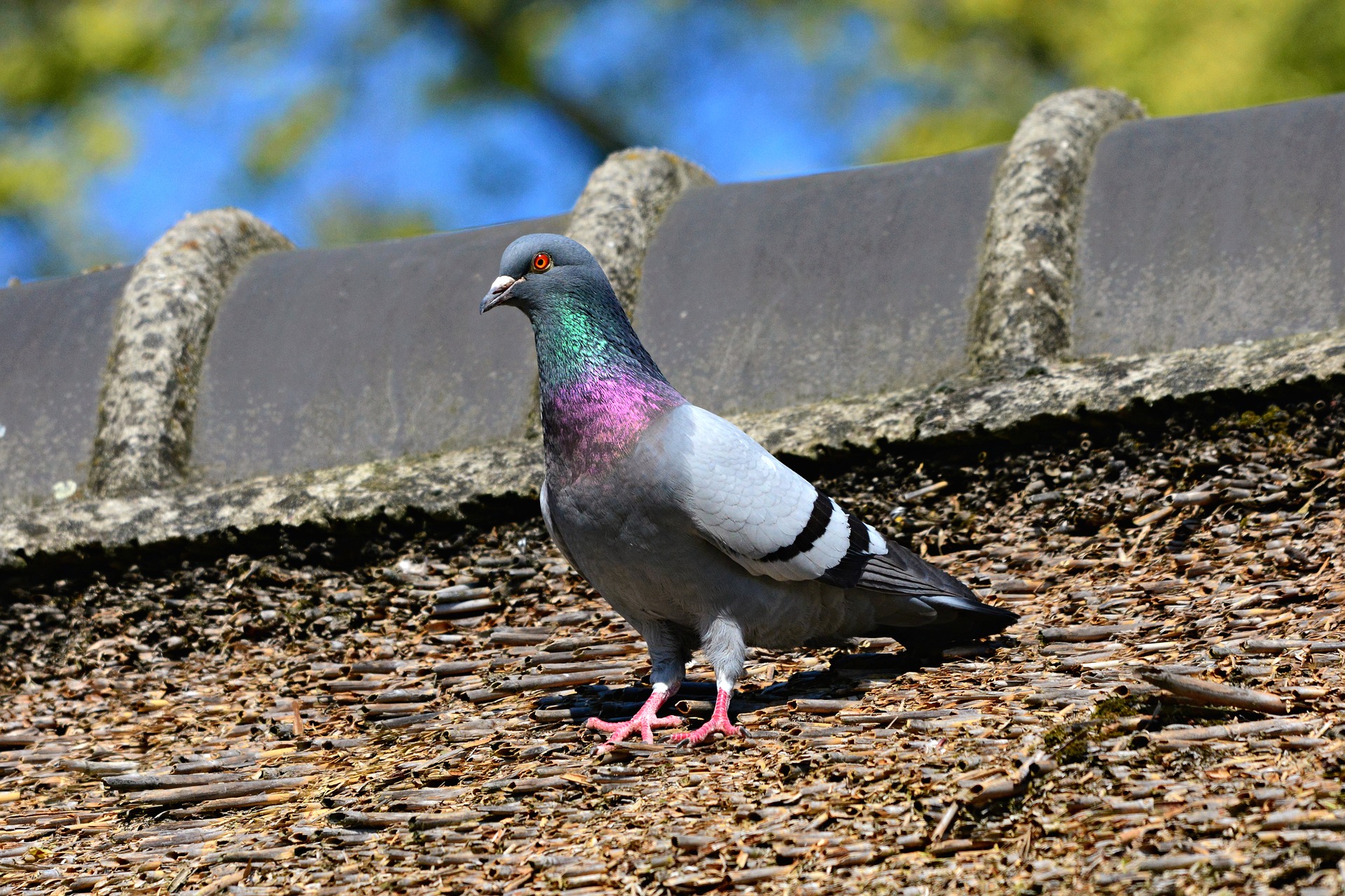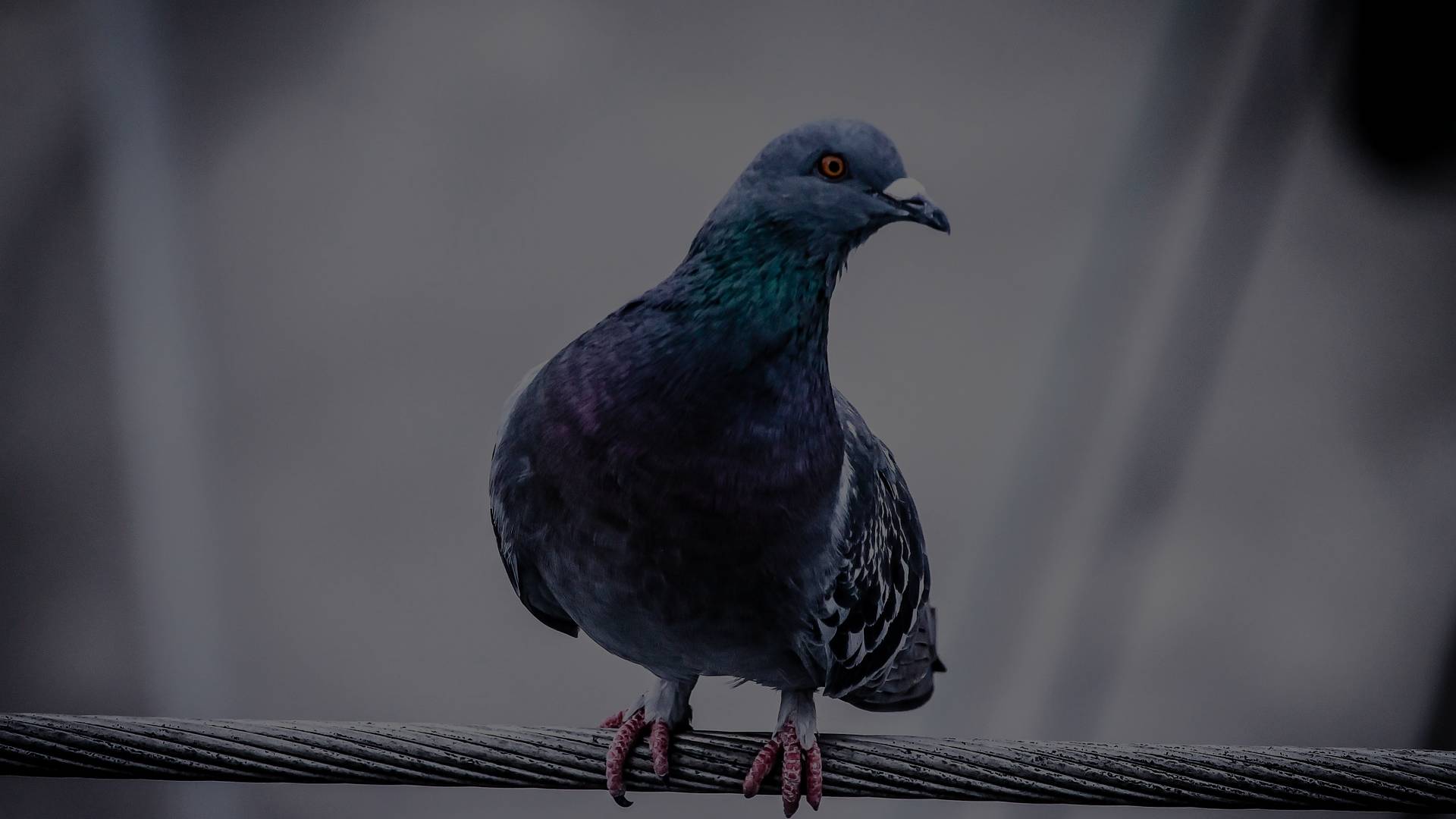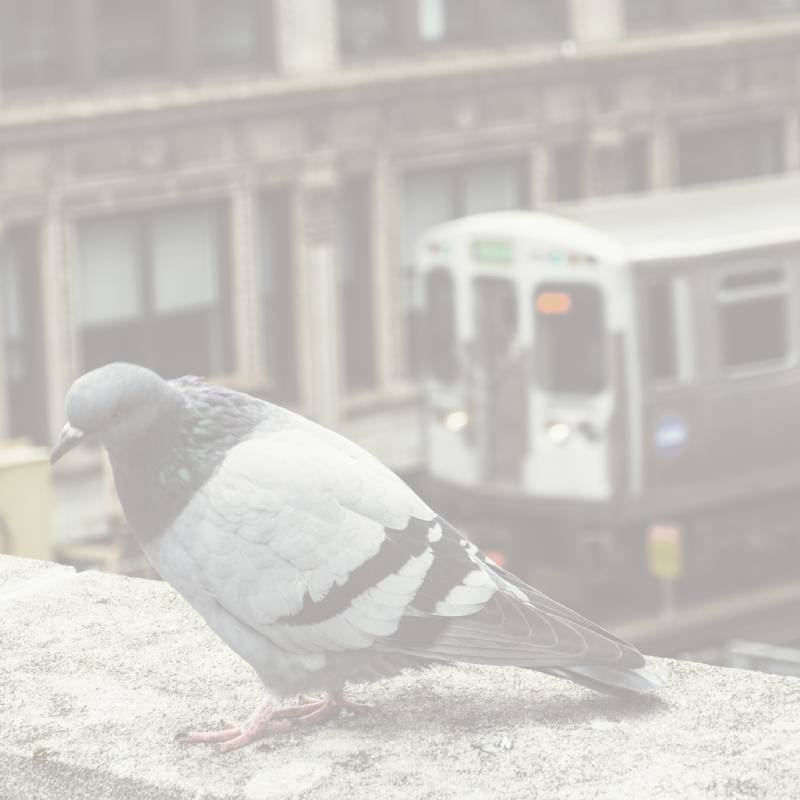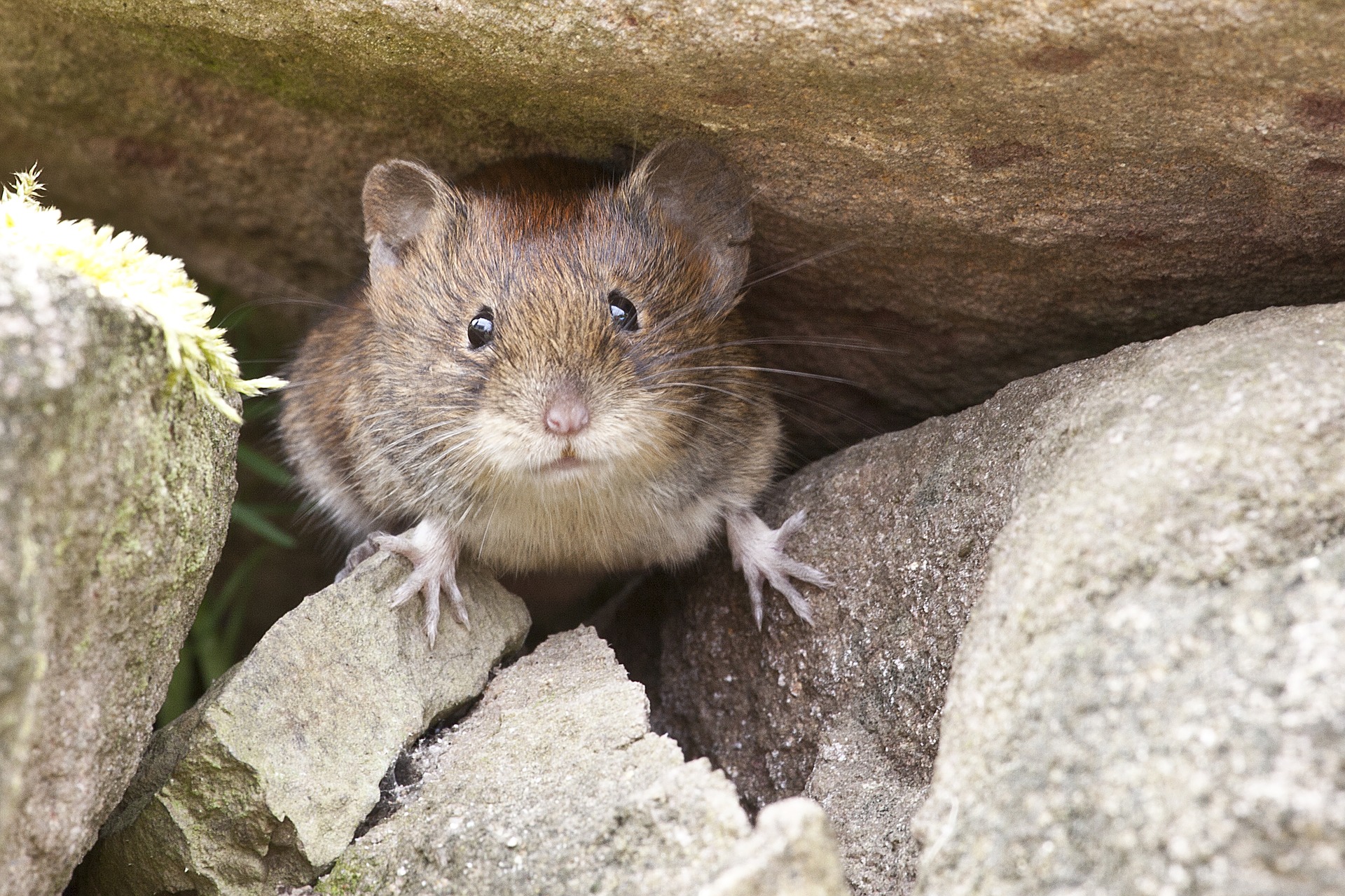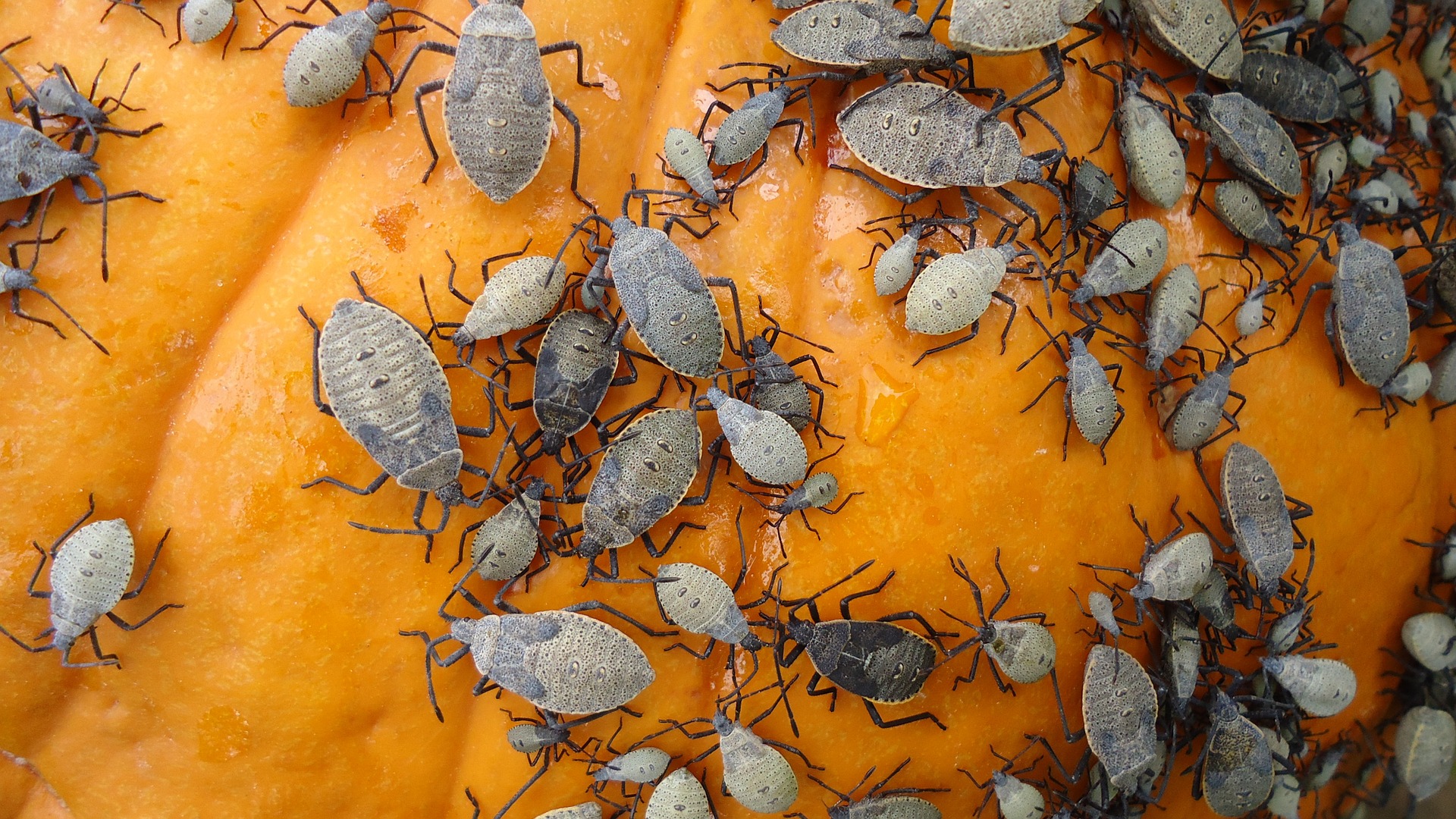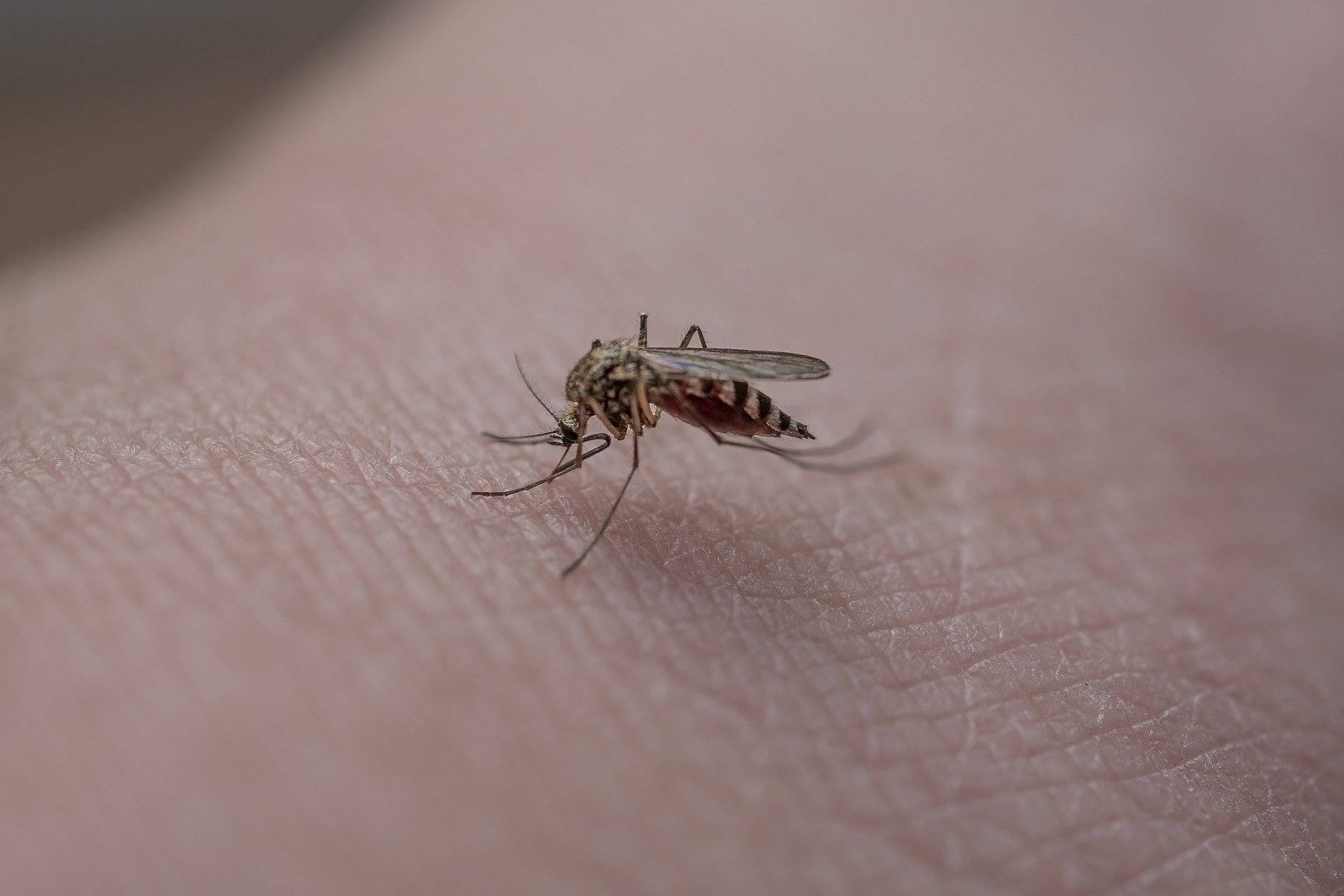Get Rid of Pantry Bugs With 24/7 Pest Control Services in New York City.
If you are wondering if there are beetles that attack drugstore, tobacco, and book products, the Drugstore beetle is definitely one of them. It gets its name from its propensity for benefiting from physician-endorsed drugs. It likewise benefits from flours, dry blends, bread, treats, chocolates and different desserts, and flavors. Non-food material incorporates fleece, hair, calfskin, horn, and gallery examples. It is found in pigeon settles and is known to drill into books, wooden items, and, sometimes, tin or aluminum foil and lead sheets. Their larvae consist of little, white grubs; the later instars are scarab-like. They are like cigarette creepy crawly hatchlings, however have more limited hairs and the stamping on the head closes in an orderly fashion across the frons simply over the mouthparts. Pharmacy insects have overall dissemination, however are more bountiful in hotter areas or in warmed constructions in more mild environments. They are less bountiful in the jungles than cigarette beetles.
Pharmacy creepy crawlies are a worry in view of the harm they do to food and spices. The hatchlings of this bug bite their direction through food, spices, and plants, leaving openings, harming items. The harm makes the food unusable. Also, drugstore beetles assault such a wide assortment of food varieties and material that one unknown statement expresses that it “eats everything except cast iron.” It gets its name from its propensity for benefiting from doctor-prescribed medications. It likewise benefits from flours, dry blends, bread, treats, chocolates and different desserts, and flavors. Non-food material incorporates fleece, hair, cowhide, horn, and gallery examples. It is found in pigeon settles and is known to drill into books, wooden articles, and, sometimes, tin or aluminum foil and lead sheets. Larval takes care of records for the best measure of harm. Historical center and herbarium examples are powerless against assault. Slight harm and defilement can demolish these significant and precious things. Pharmacy scarabs harbor advantageous yeasts that produce B nutrients. The yeasts are saved on the eggs as they go through the oviduct and are devoured by the hatchlings during egg delivery. These yeasts empower the pharmacy scarab to take care of and make due on numerous food varieties and different things of poor wholesome quality.
To start inspecting drugstore beetles, start the process interaction via looking through the spaces where you store food items. Most pharmacy scarab grown-ups will rise up out of covers that are found exceptionally near where hatchlings have eaten. Assuming that you have found grown-up pharmacy creepy crawlies in the storage space then you doubtlessly have some kind of cereal, zest, flour, treat, grain, bean or some other thing that they are effectively eating. Investigate open food bundles for grown-up and hatchlings pharmacy creepy crawlies. Since hatchlings are so little, you will have better karma detecting a grown-up pharmacy creepy crawly. Regardless of whether you can’t spot grown-up pharmacy insects, there is a possibility they have as of now laid their eggs in your items. In the wake of seeing breaks or clefts in your establishment, consider fixing them up with caulk to forestall pharmacy creepy crawlies from coming into your space. Don’t forget to utilize plastic compartments for each food thing you purchase. By supplanting the first bundling with plastic compartments, you will forestall pharmacy creepy crawlies from getting to your food. For all your pantry bugs needs call 247 Pest Control NYC, our professional pest exterminators will be able to handle any type of pantry pest you may encounter in your home or building.
Pantry Bugs – Rice Weevils
Rice weevils are a type of beetle that eats plants. These dark brown, winged insects can spoil entire bins of grains. The rice and storehouse weevil are vermin of put away grain and seeds. They create inside entire grain portions as little, white, crumpled, grub-like hatchlings. There is for the most part no outer proof that the hatchlings have been eating and becoming inside the seed until after around one month when the grown-up weevil bites through the seed coat and arises.
Pantry Bugs – Indian Meal Moth
If you wondered if you have ever seen an Indian meal moth, chances are you have. It is due to the fact that these are the most common and maybe the number one invaders in your pantry. Indian meal moths are a typical family bug that gets their name from their eating routine of grains. These moths can be up to five-eighths of an inch long, with a wingspan of around three-fourths of an inch.
Pantry Bugs – Saw Toothed Grain Beetle
The most ancient known beetle is well known as the Sawtooth Grain Beetle. These bugs have been around as long as other flour bugs. Their set of experiences goes back a few thousand years. This is because in reality most antiquated human advancements utilized flour as an essential food fixing. Sawtooth Grain Beetles are a little brown to dark insect estimating a quarter to three-eighth inches long when completely developed.
Pantry Bugs – Warehouse Beetles
The warehouse beetle insect, Trogoderma variabile, is one of a few types of creepy crawly in the variety Trogoderma that are viewed as irritations of put away items. It is the most normal Trogoderma brother in homes. The distribution center bug is elliptical to oval, 1/8 to 3/16 inch long, with a dim and light mottled example on their wing covers. Grown-up Trogoderma are genuinely fleeting and seldom feed on put away items.
Pantry Bugs – Flour Beetles
The two most common species are the red flour beetle and the confused flour beetle. They look similar, but you’re more likely to meet the red flour beetle in your home. Basically indistinguishable, the confounded and red flour bugs are around 3/16 inch long with leveled bodies very much adjusted to creeping into minuscule clefts. The most ideal way to recognize these two species is to take a gander at the radio wire.

